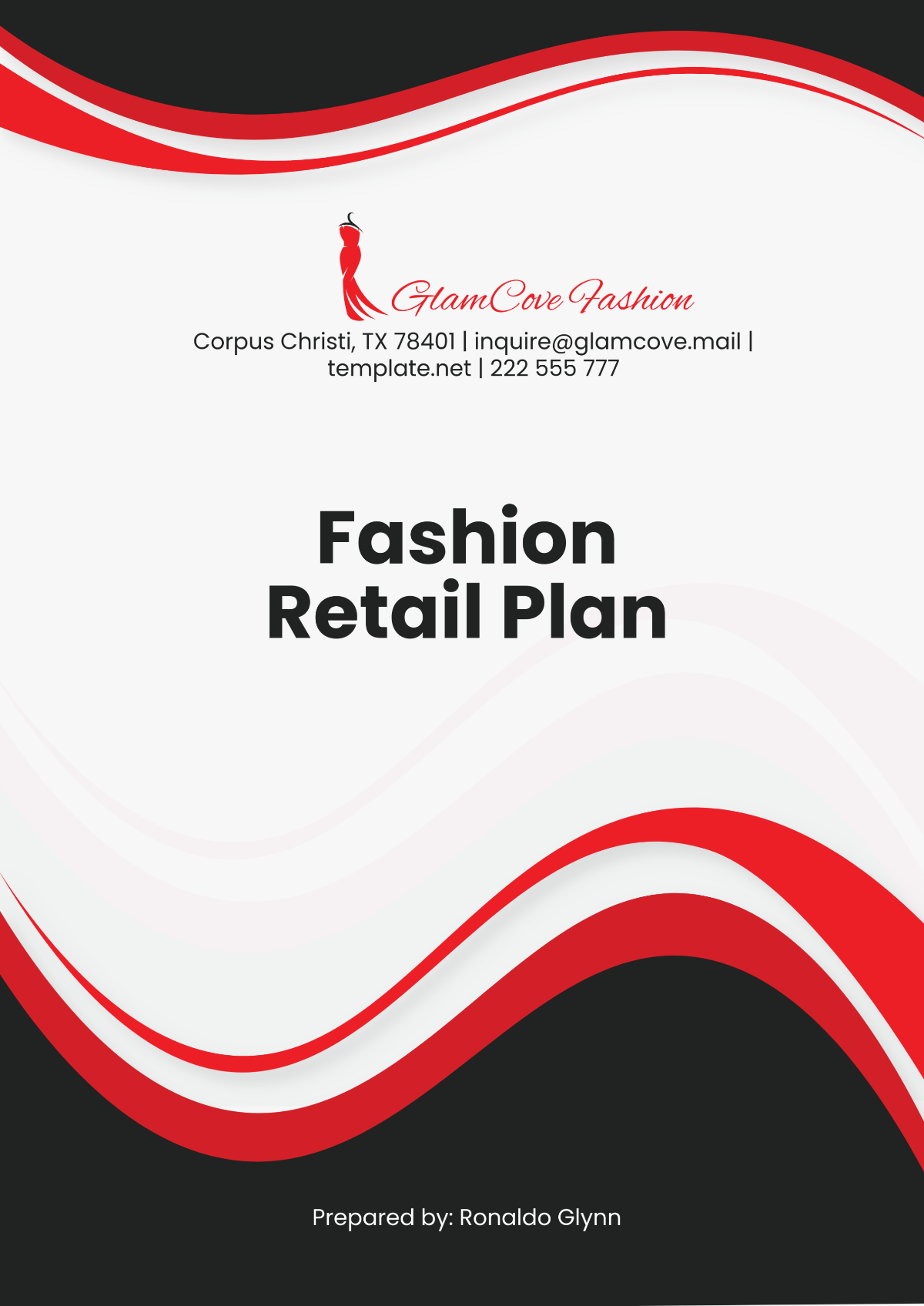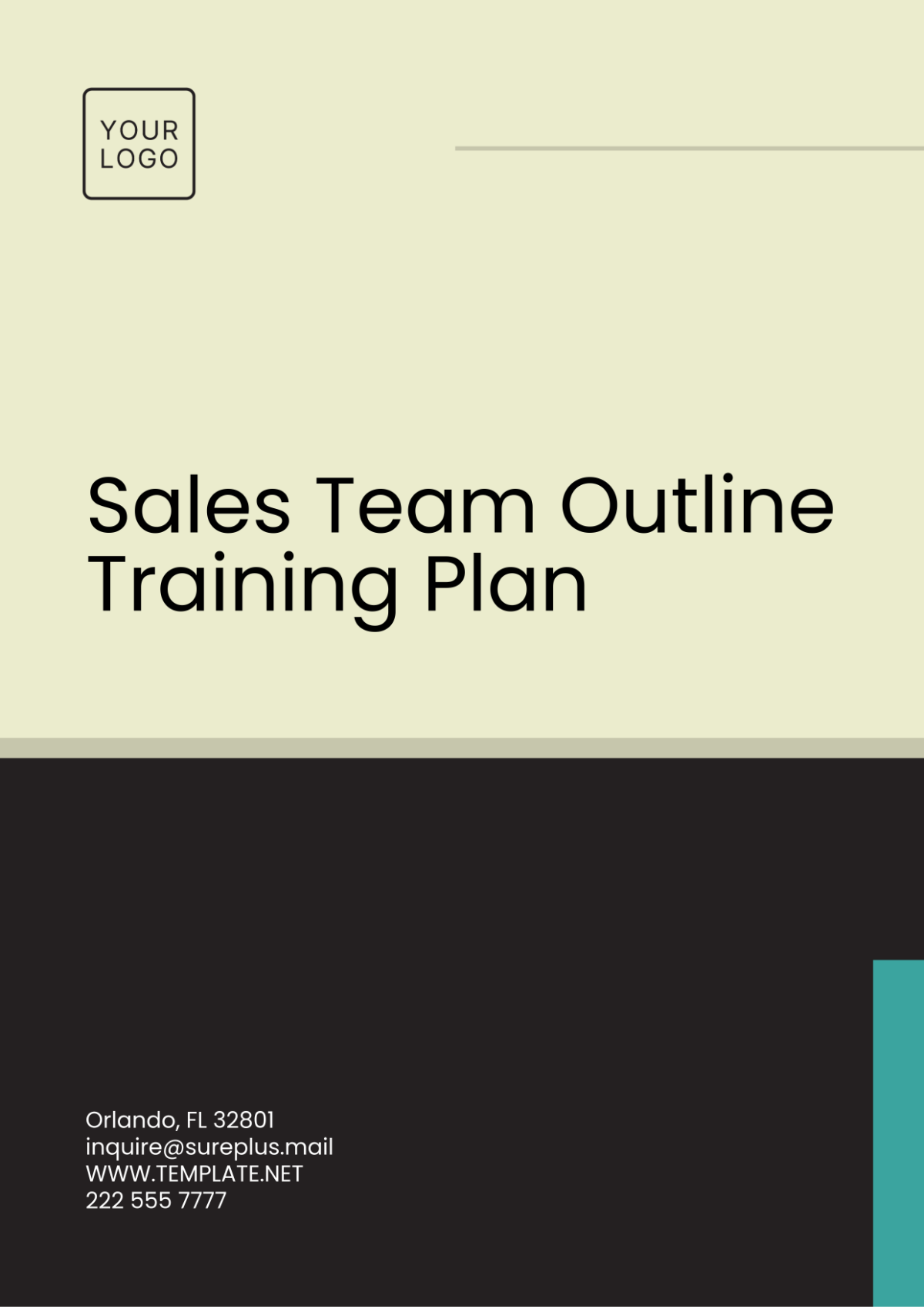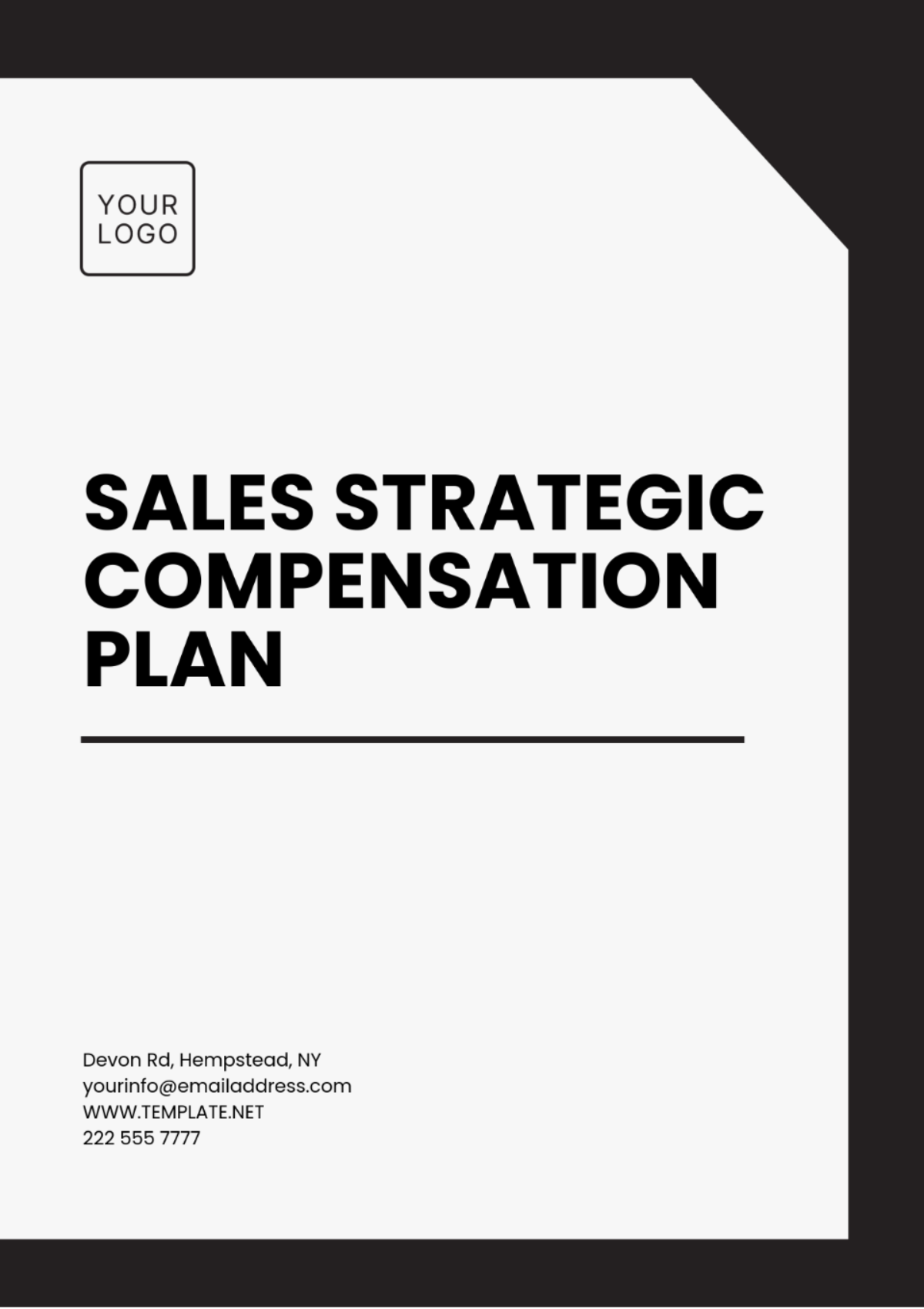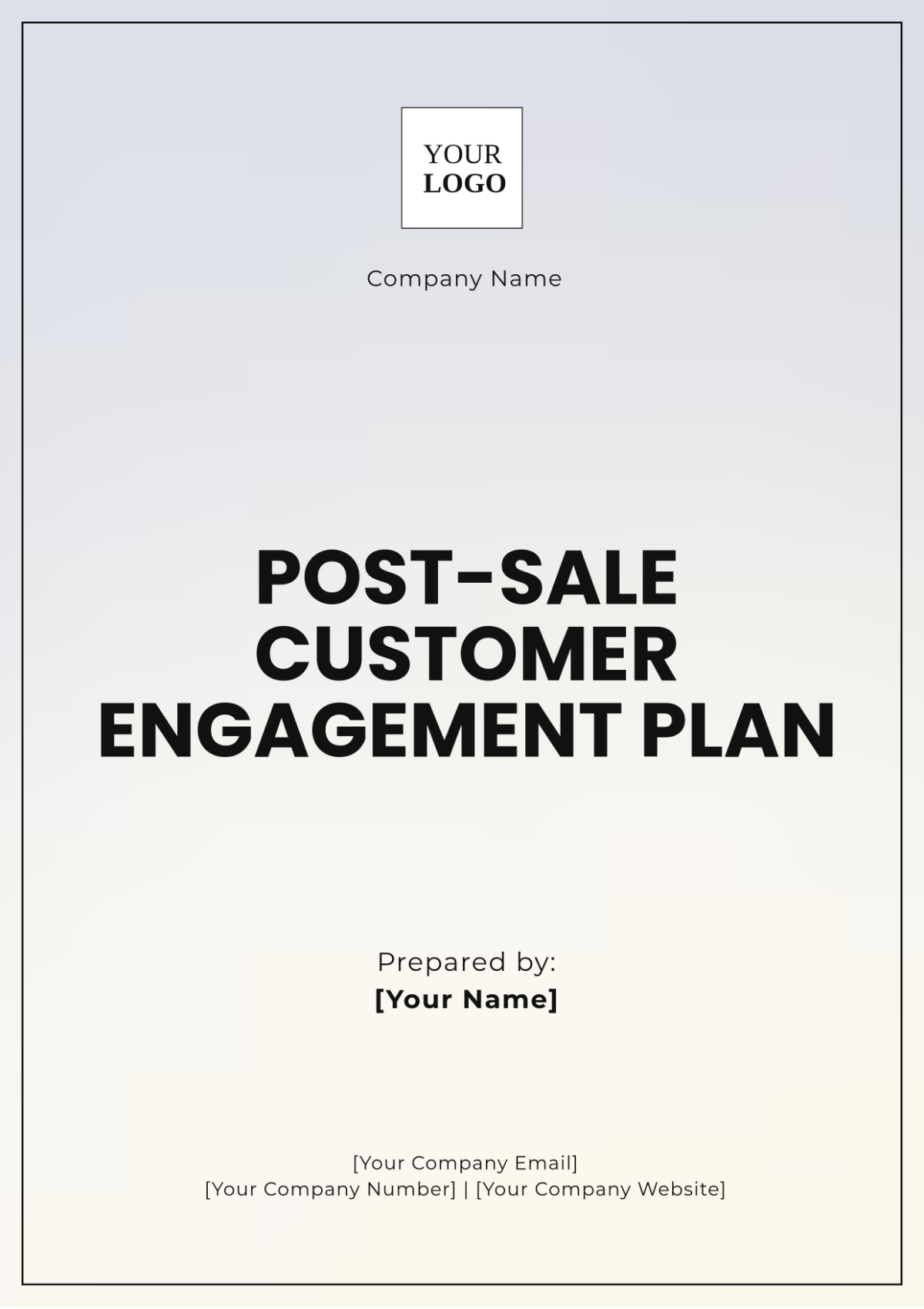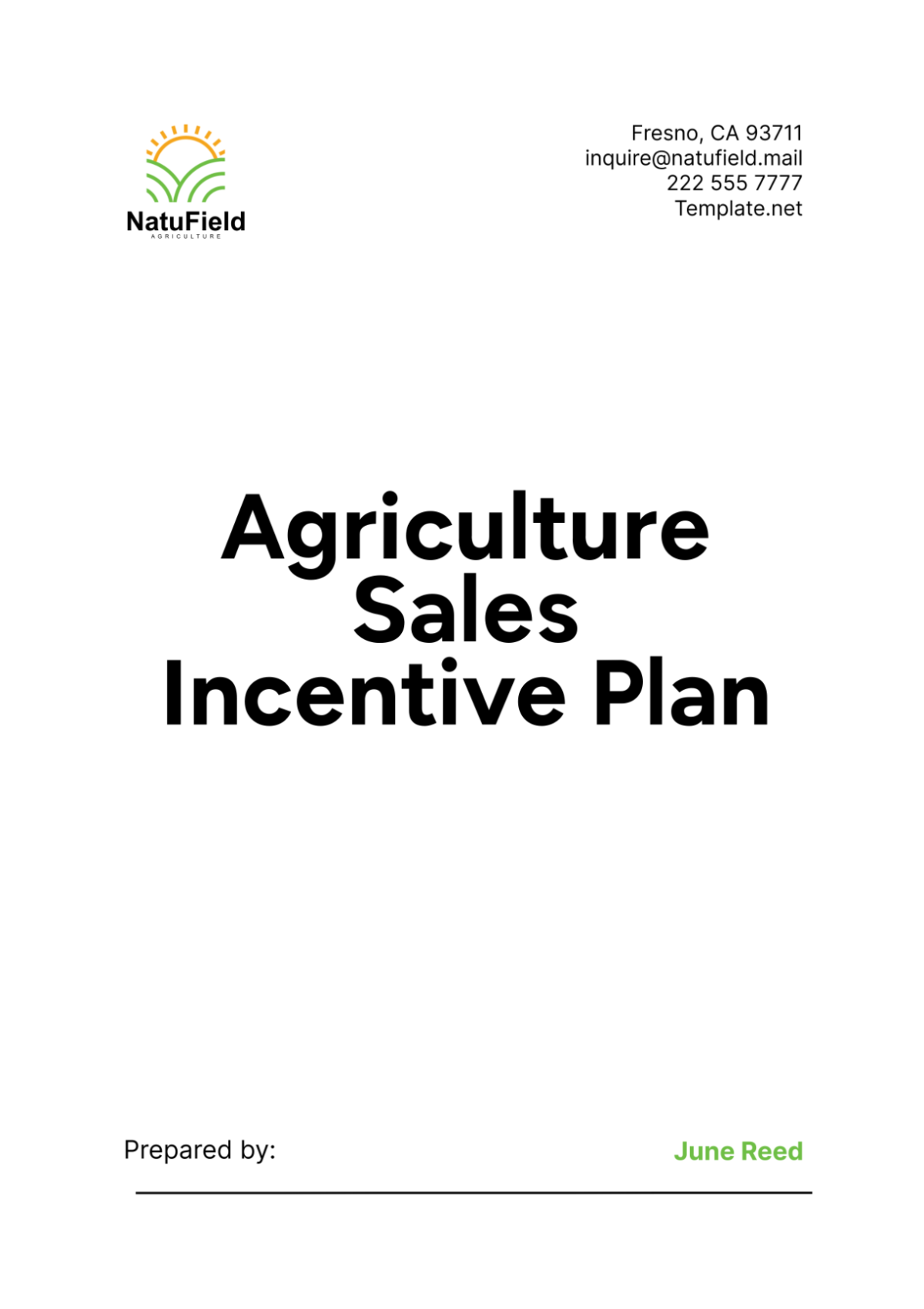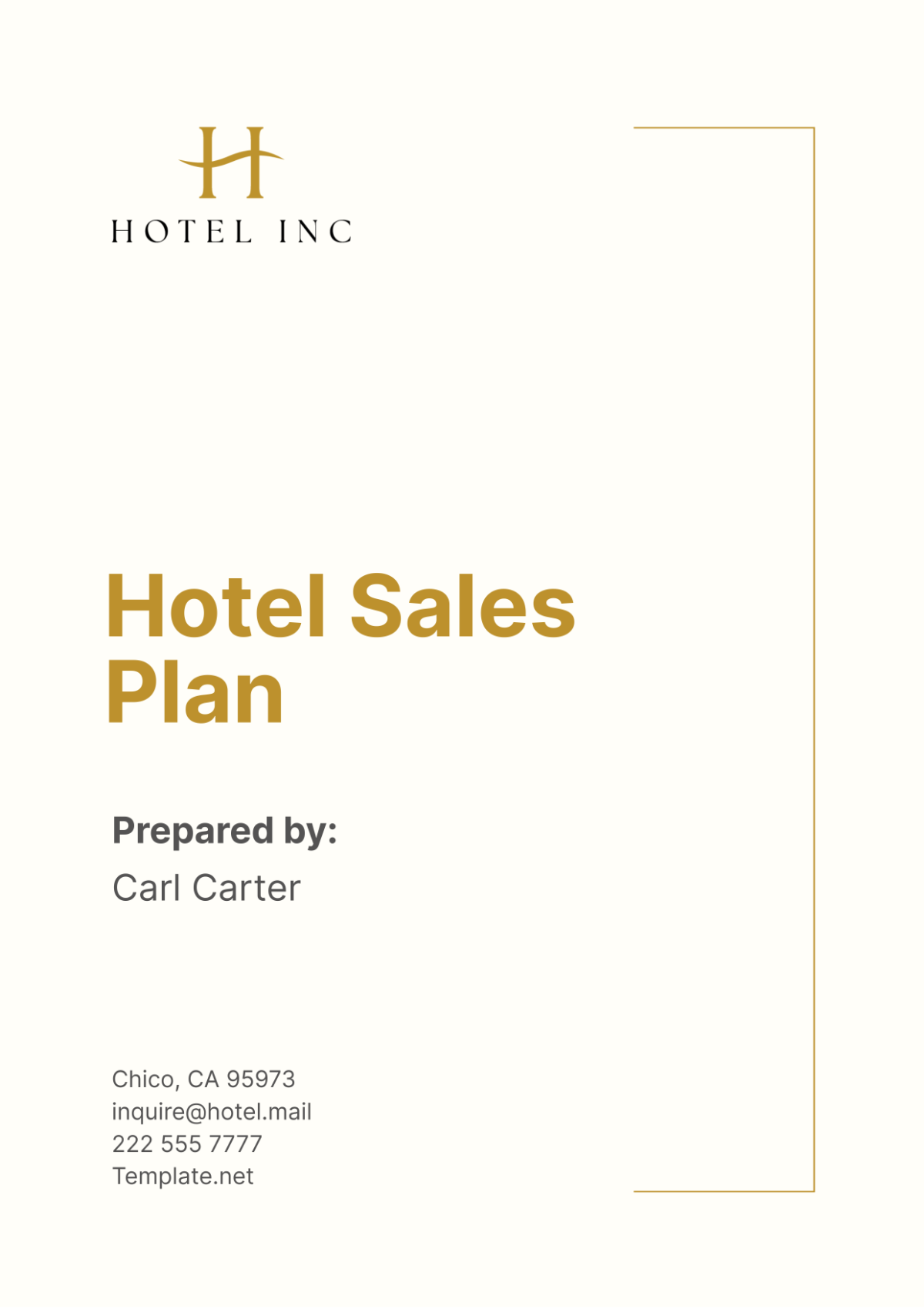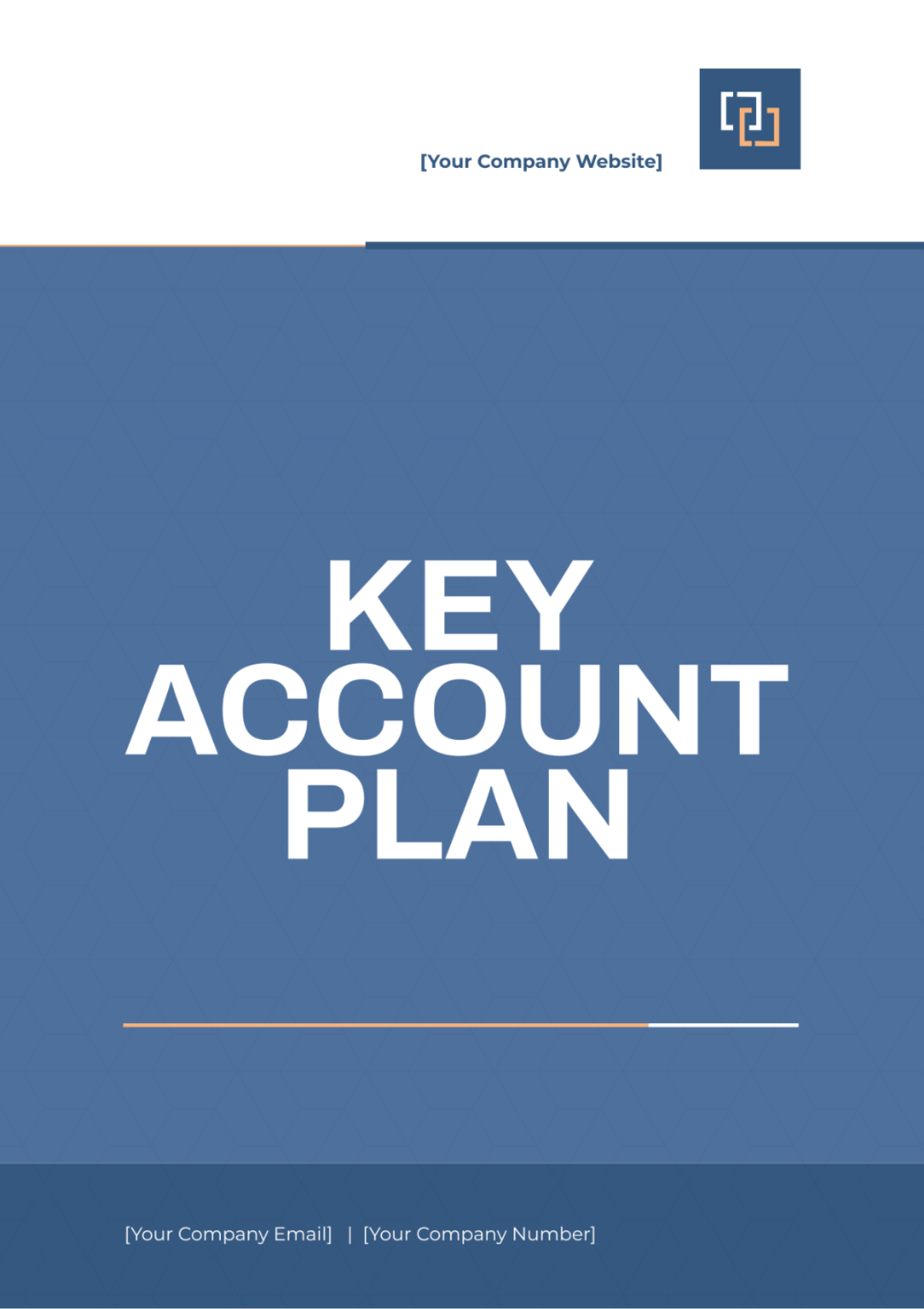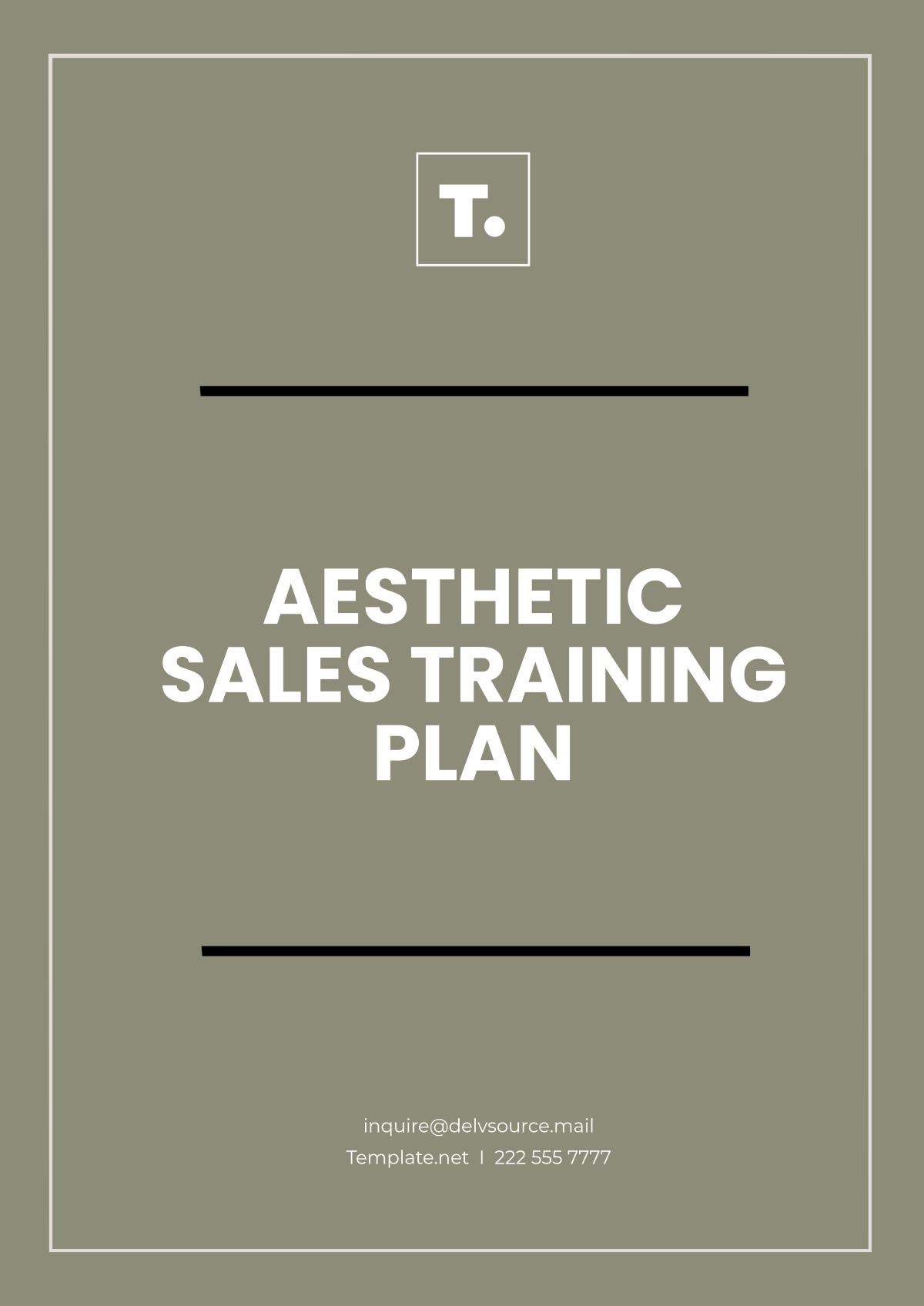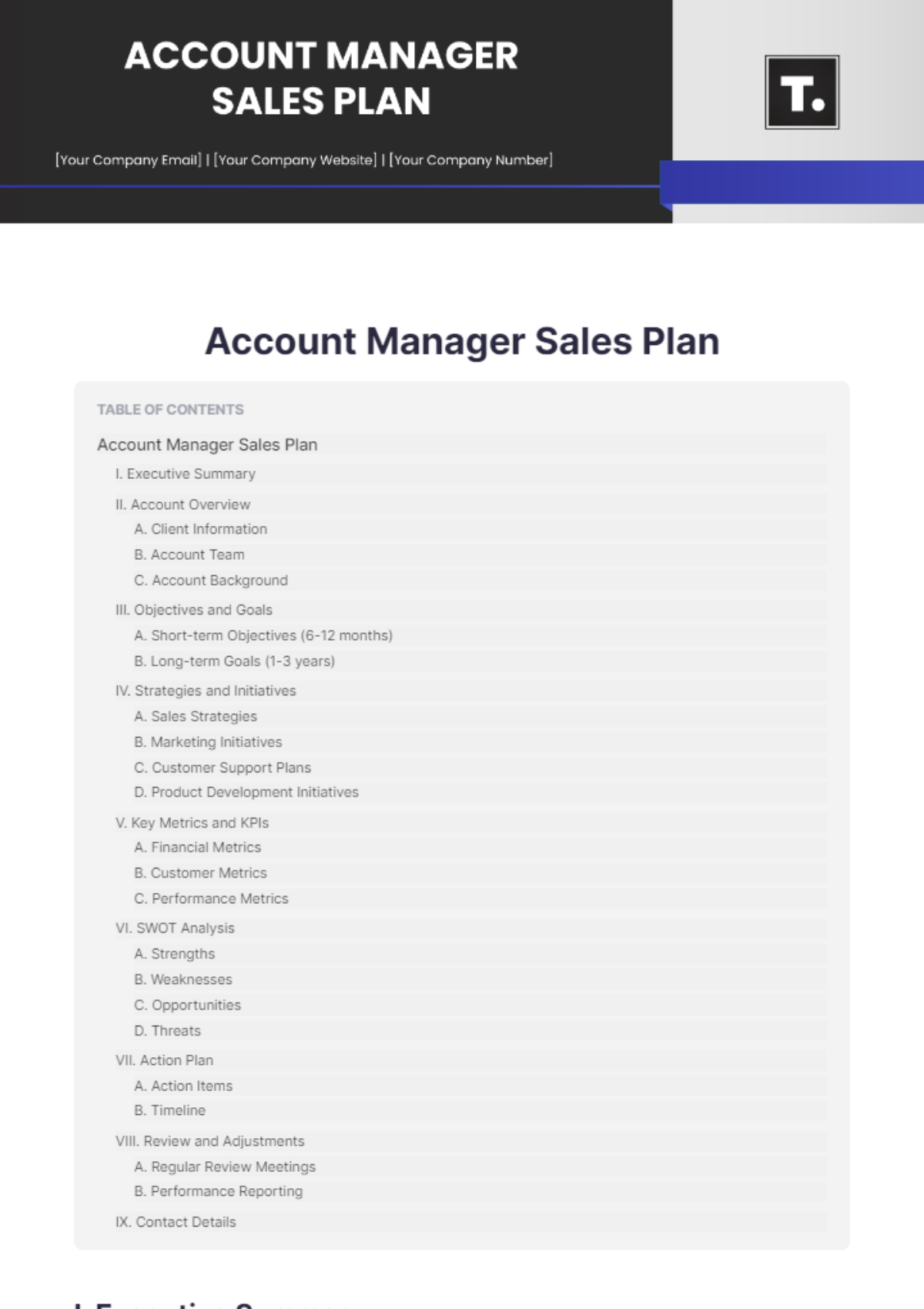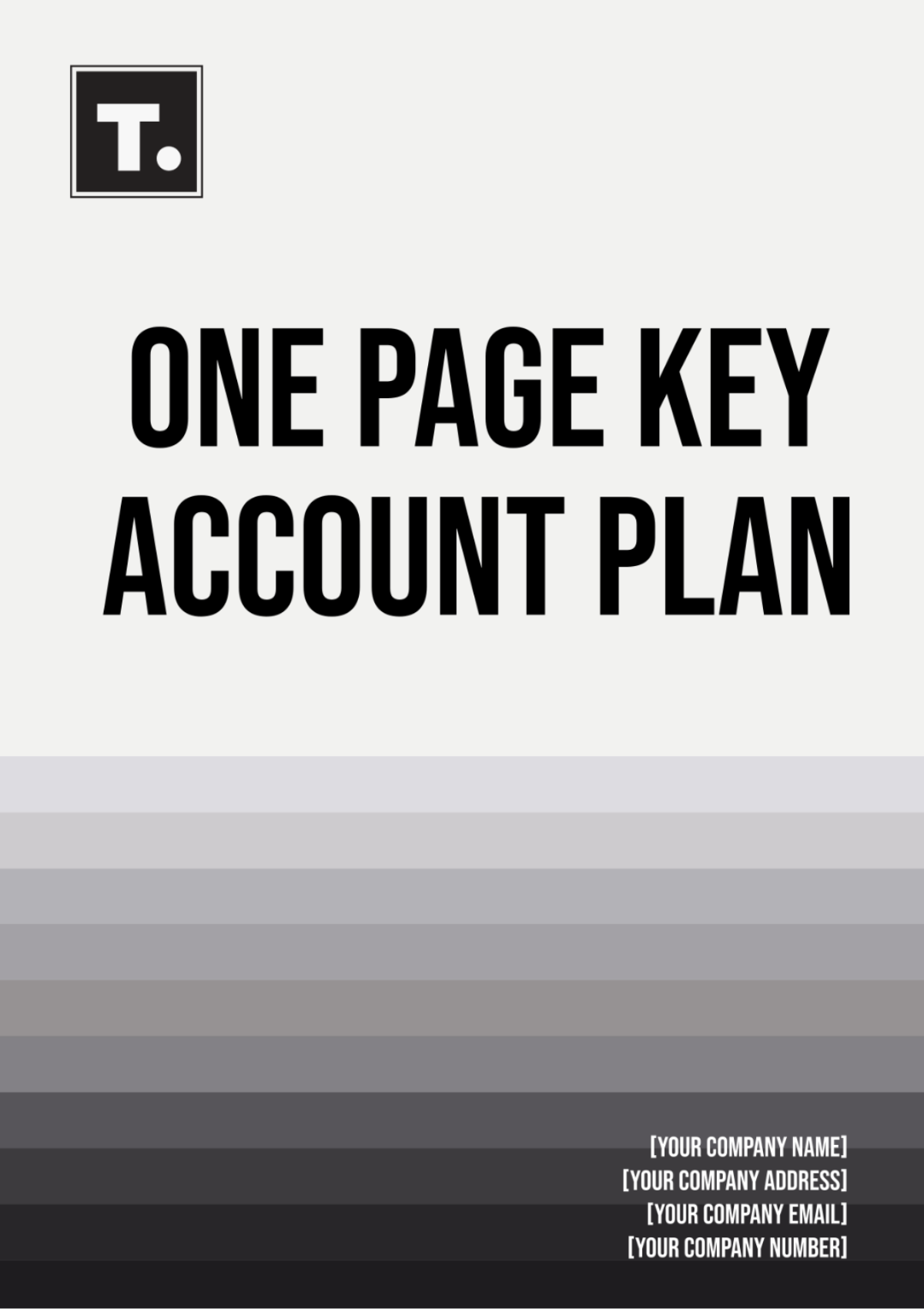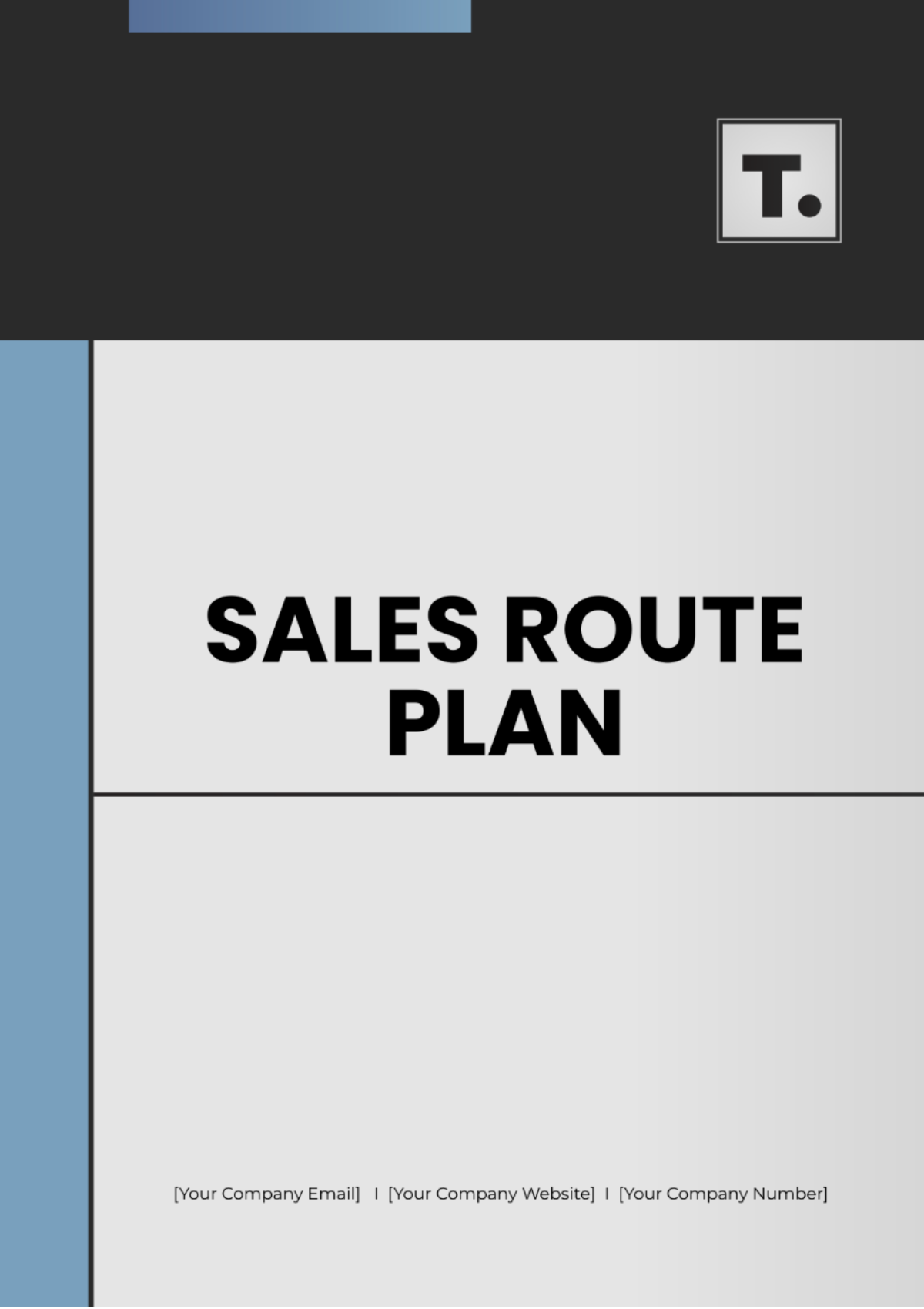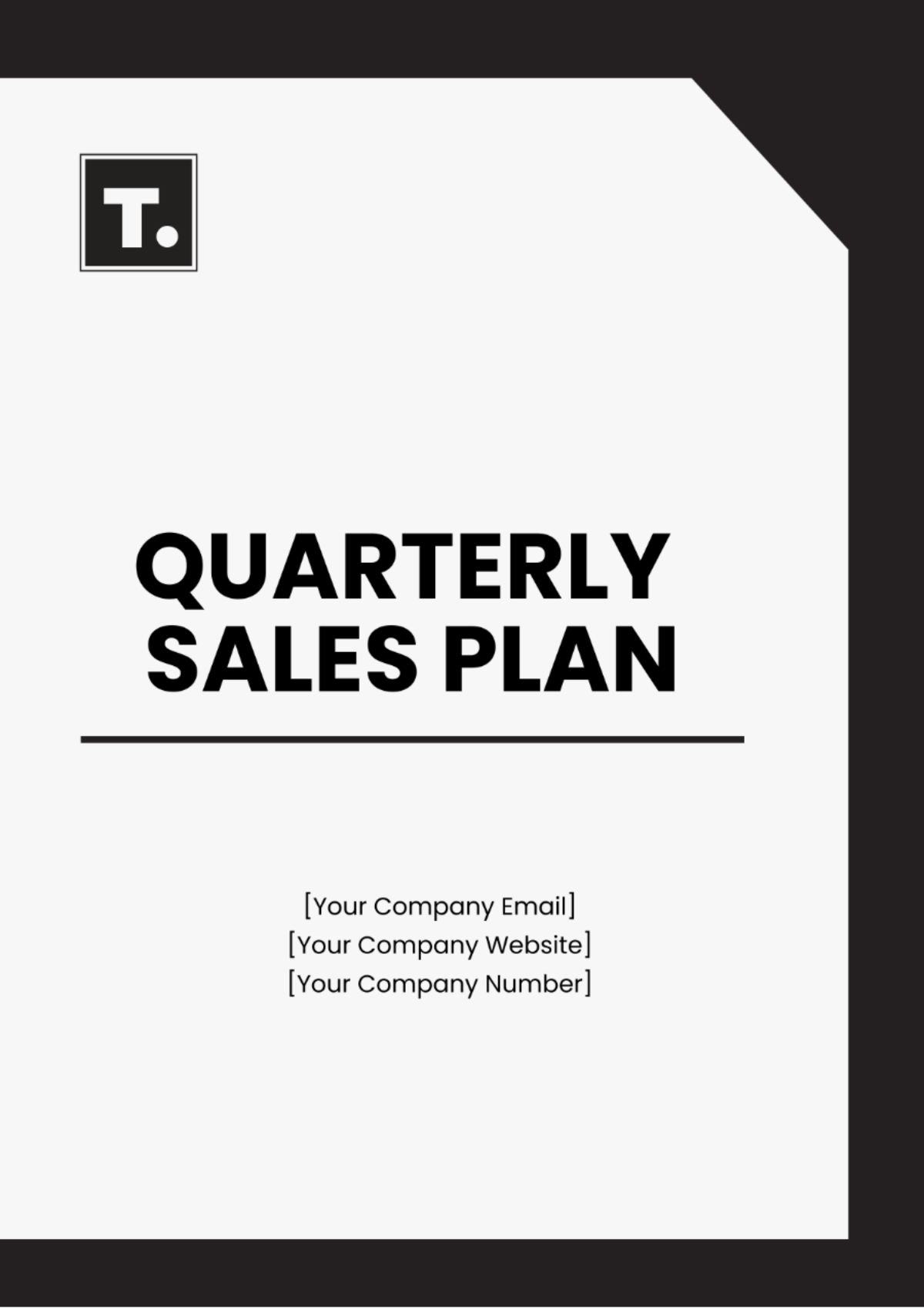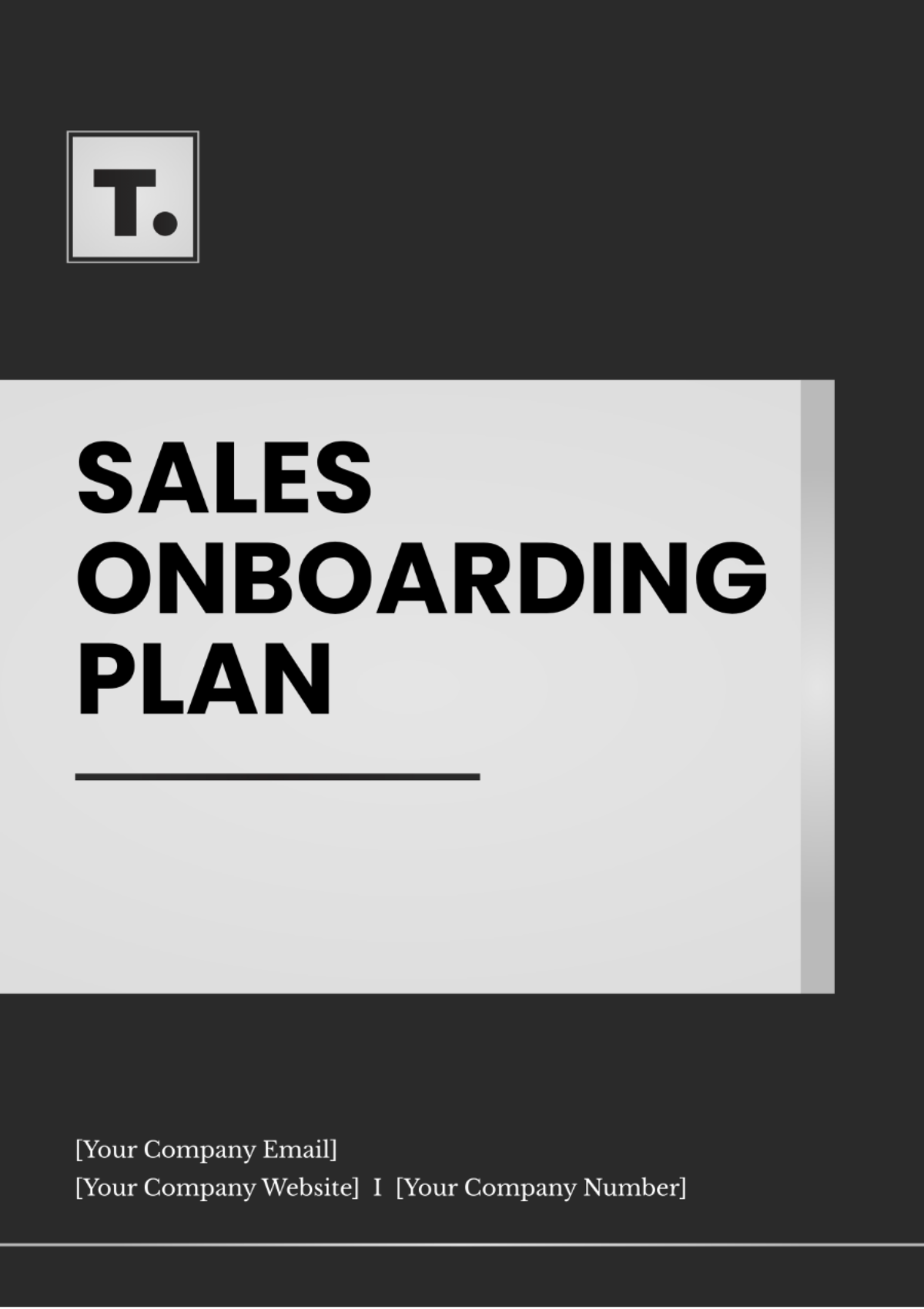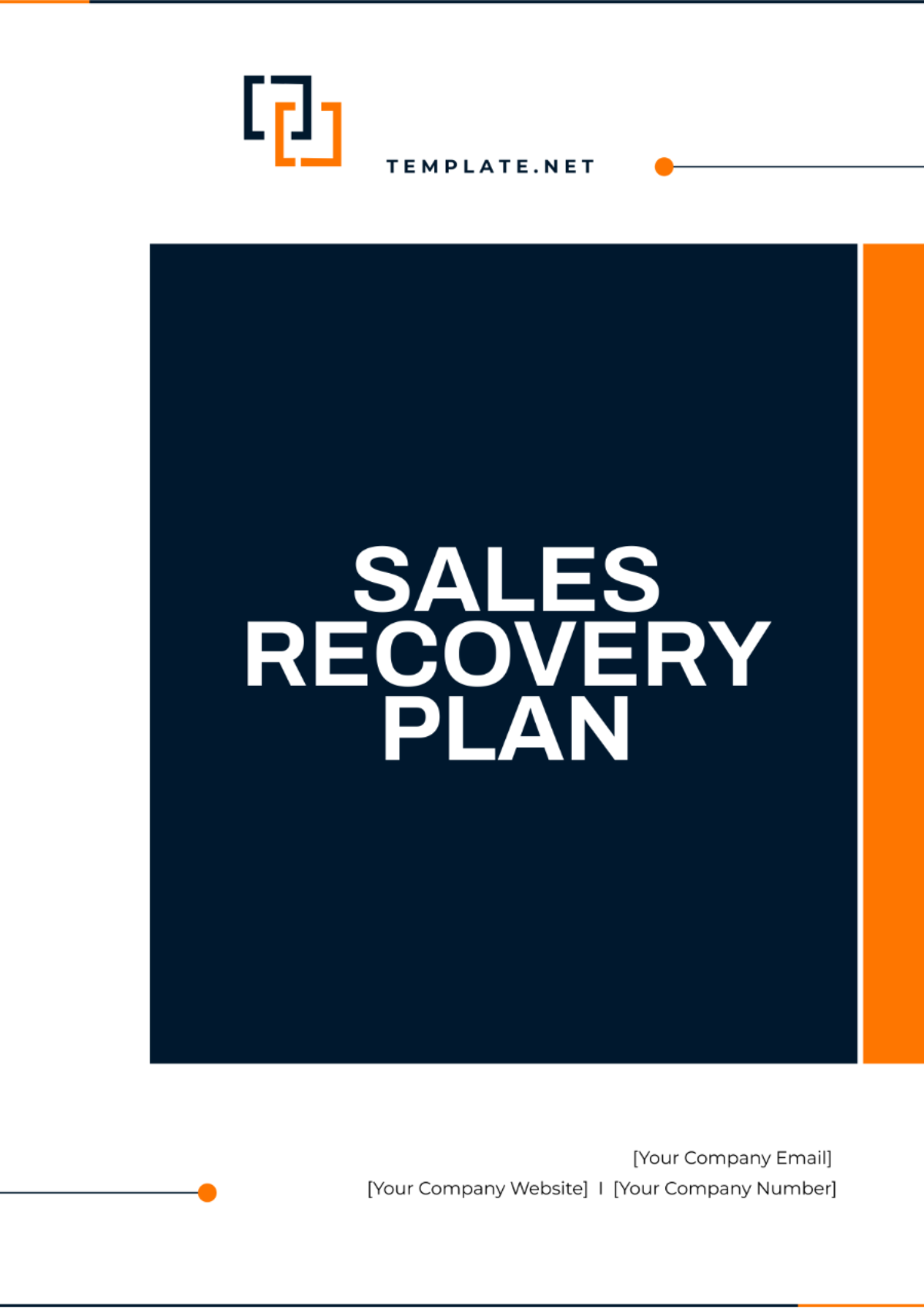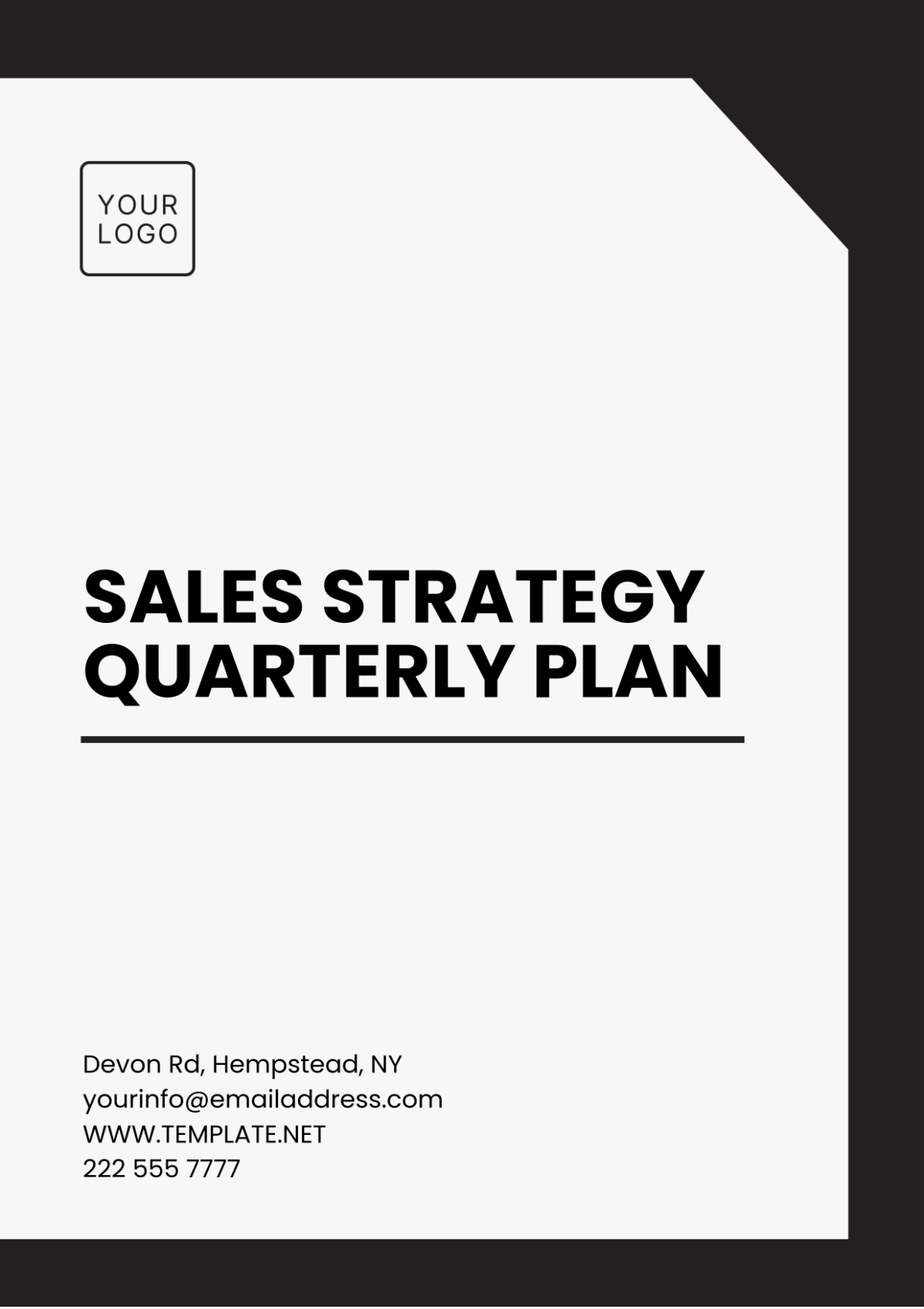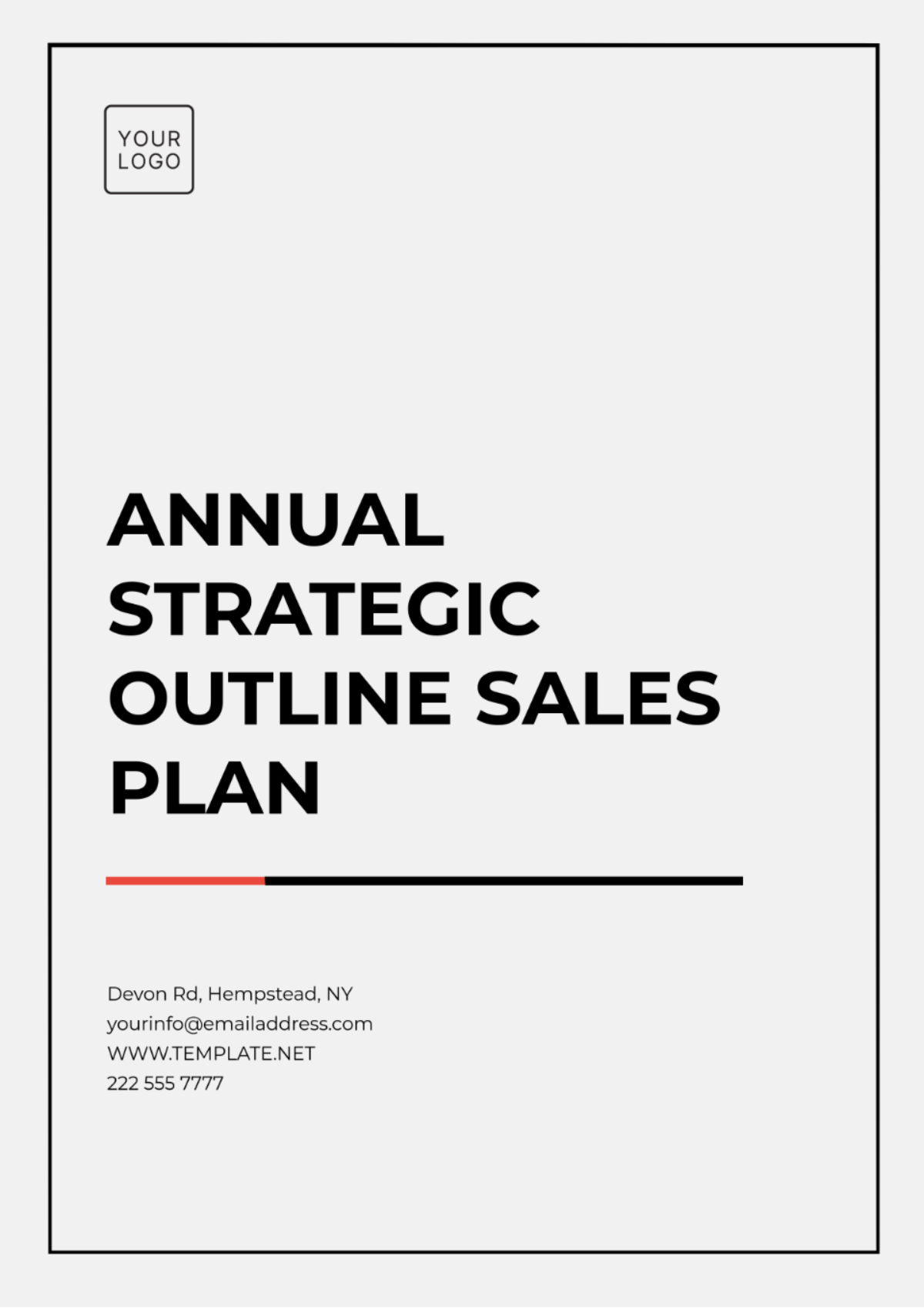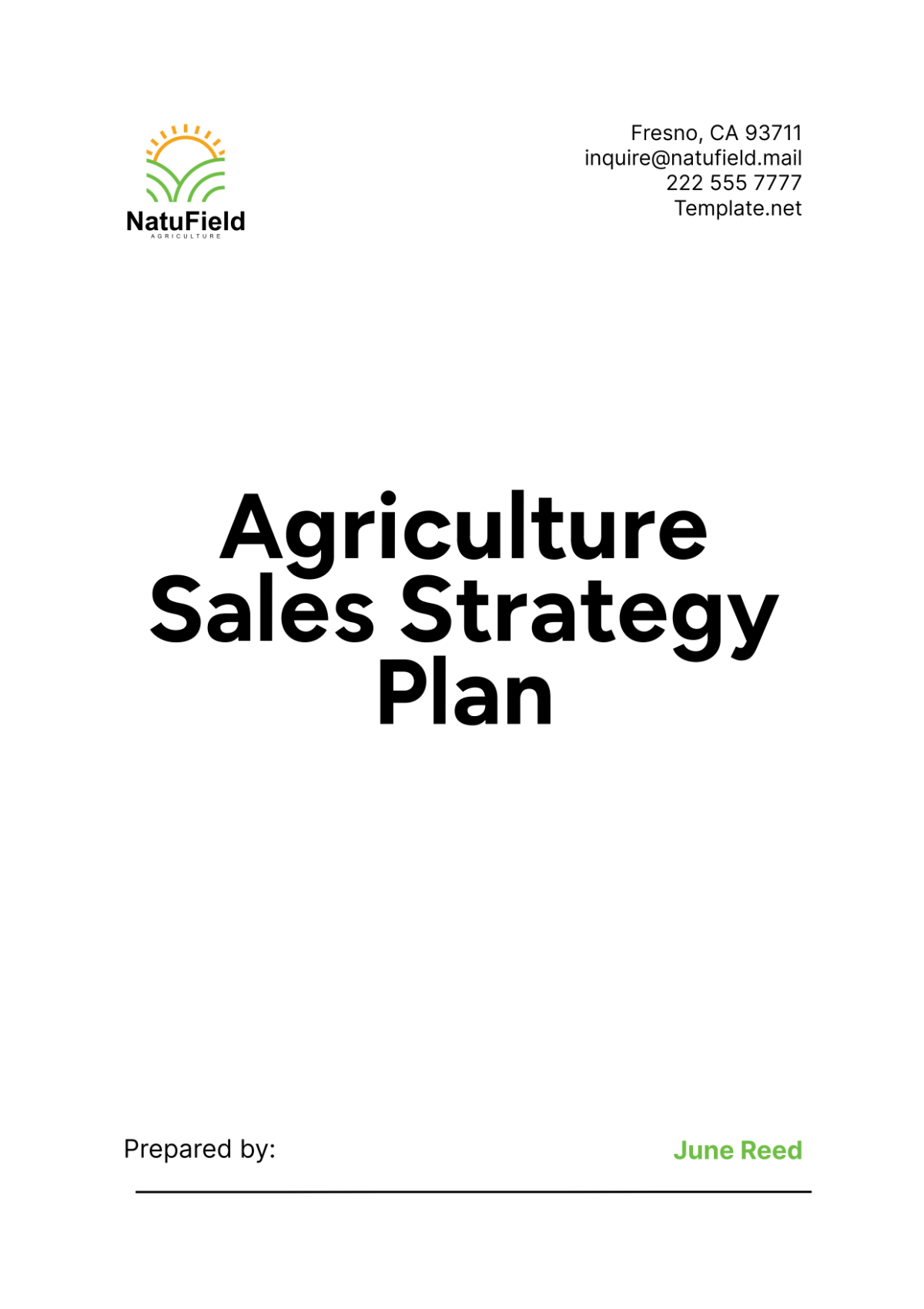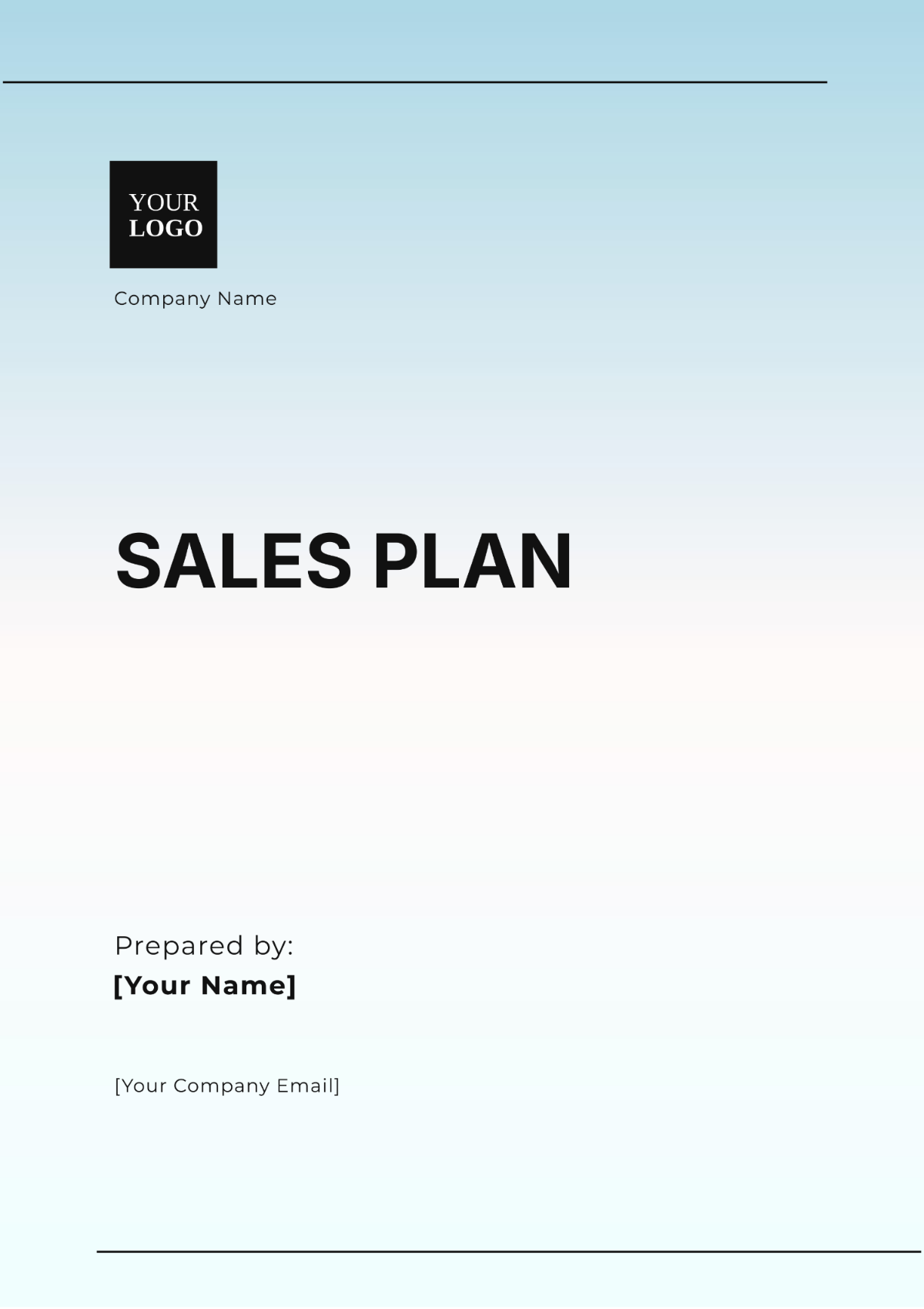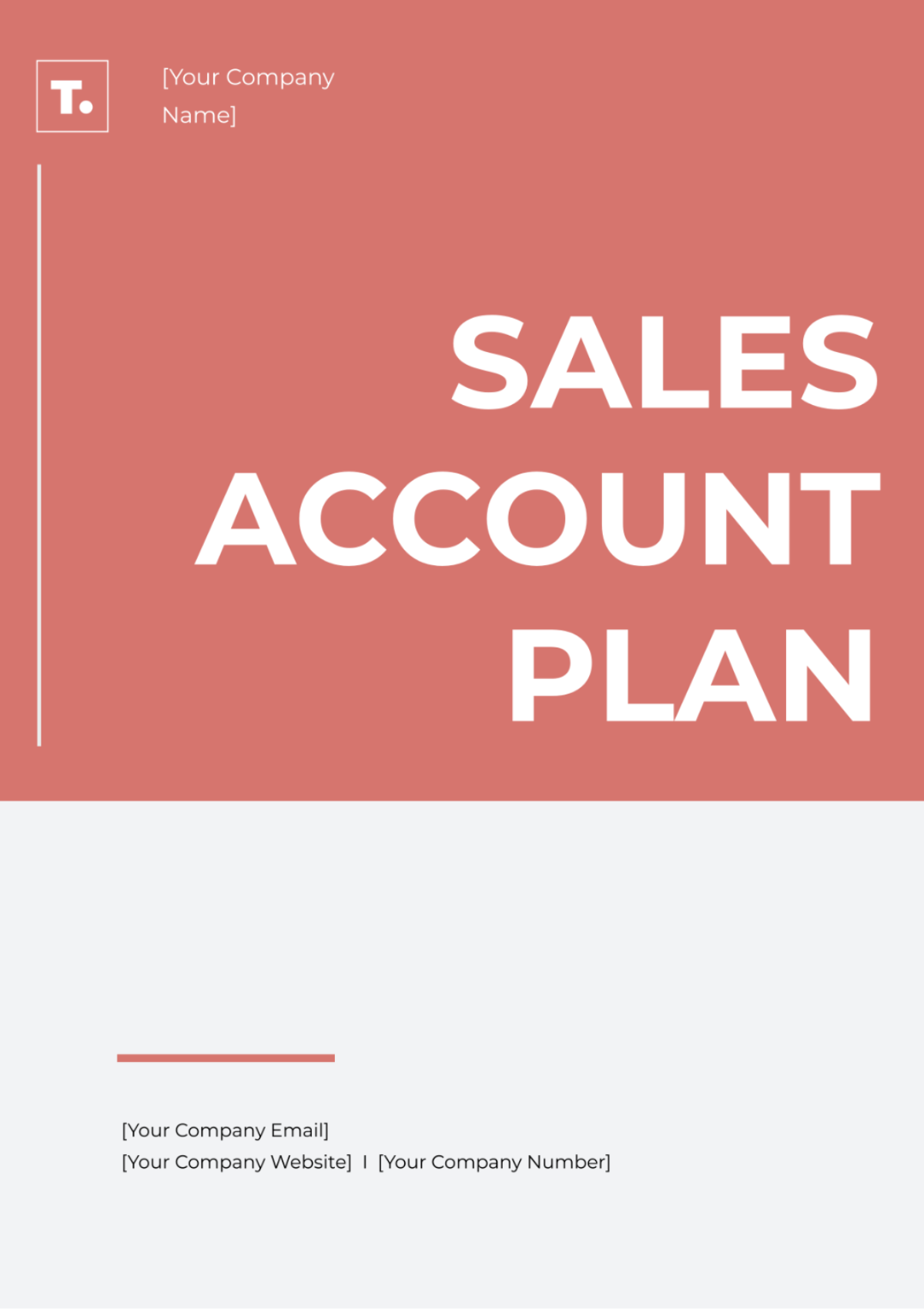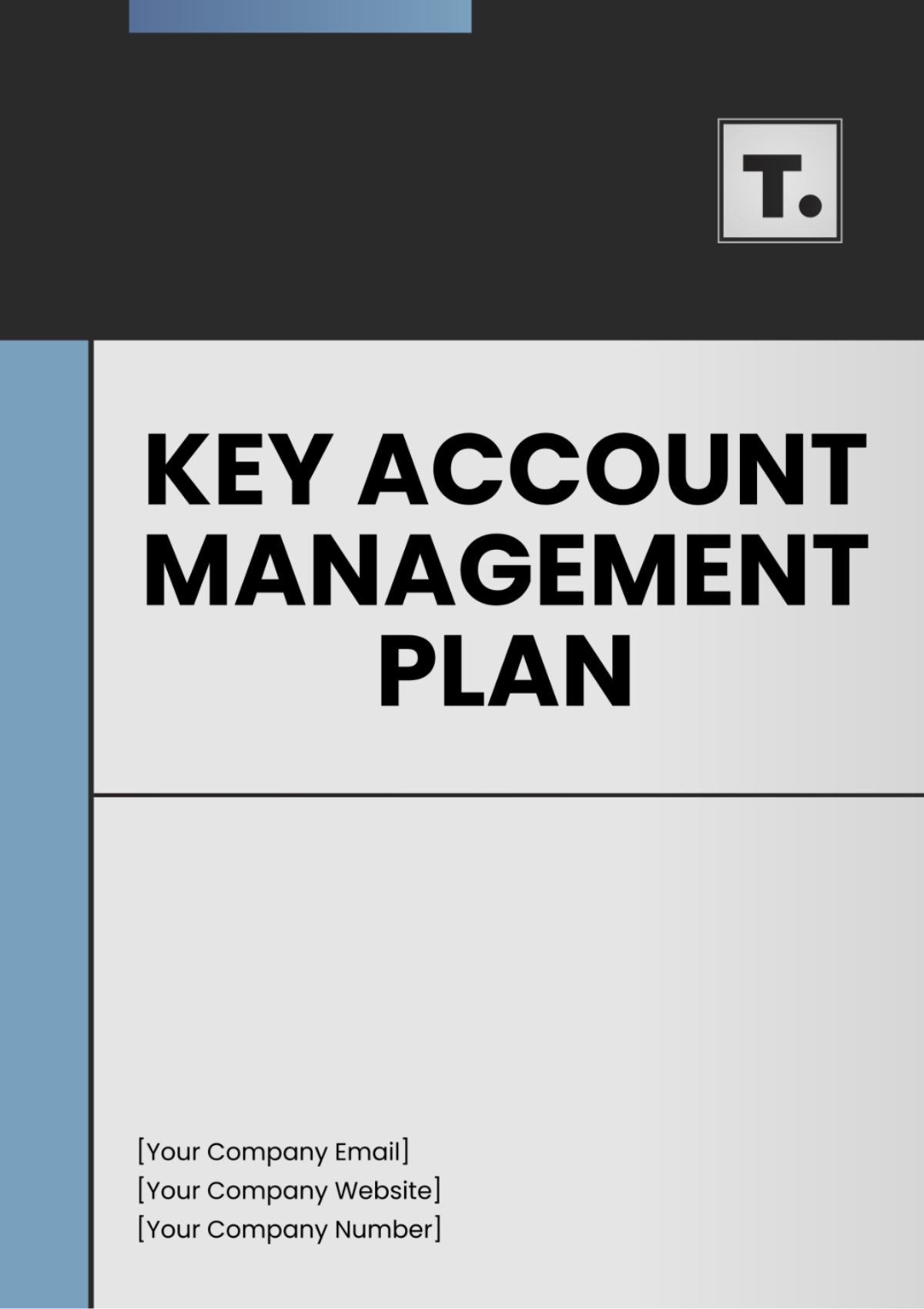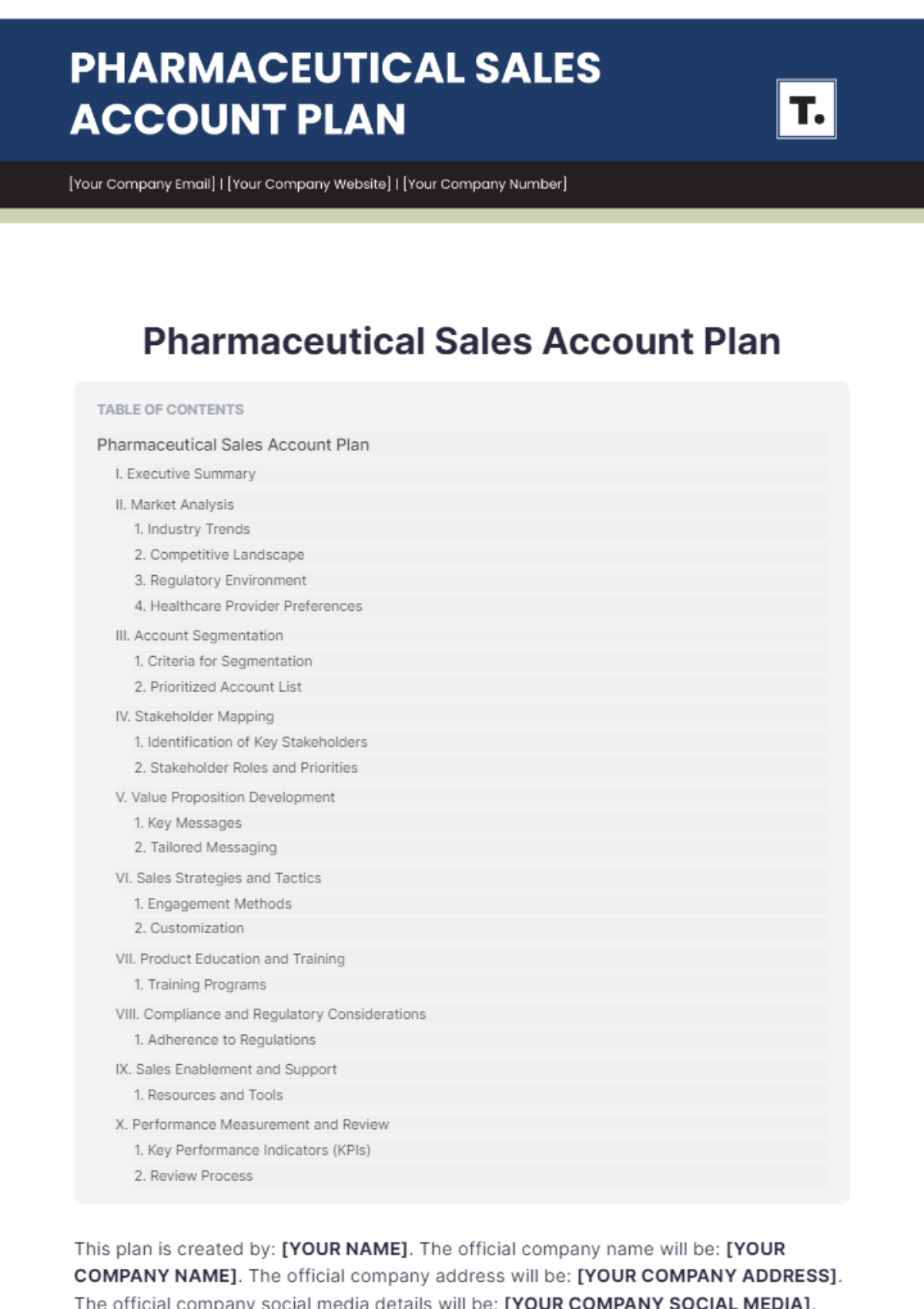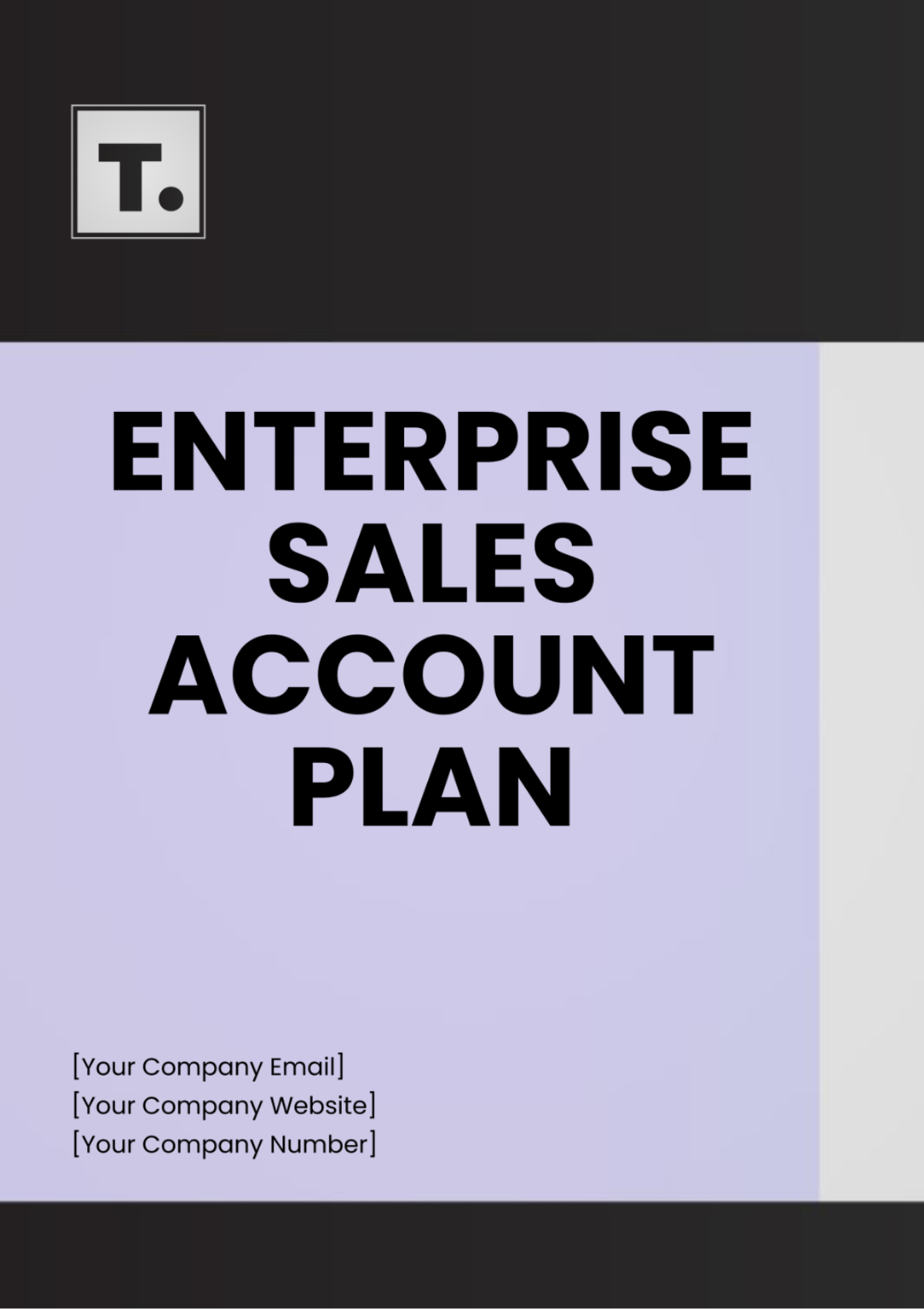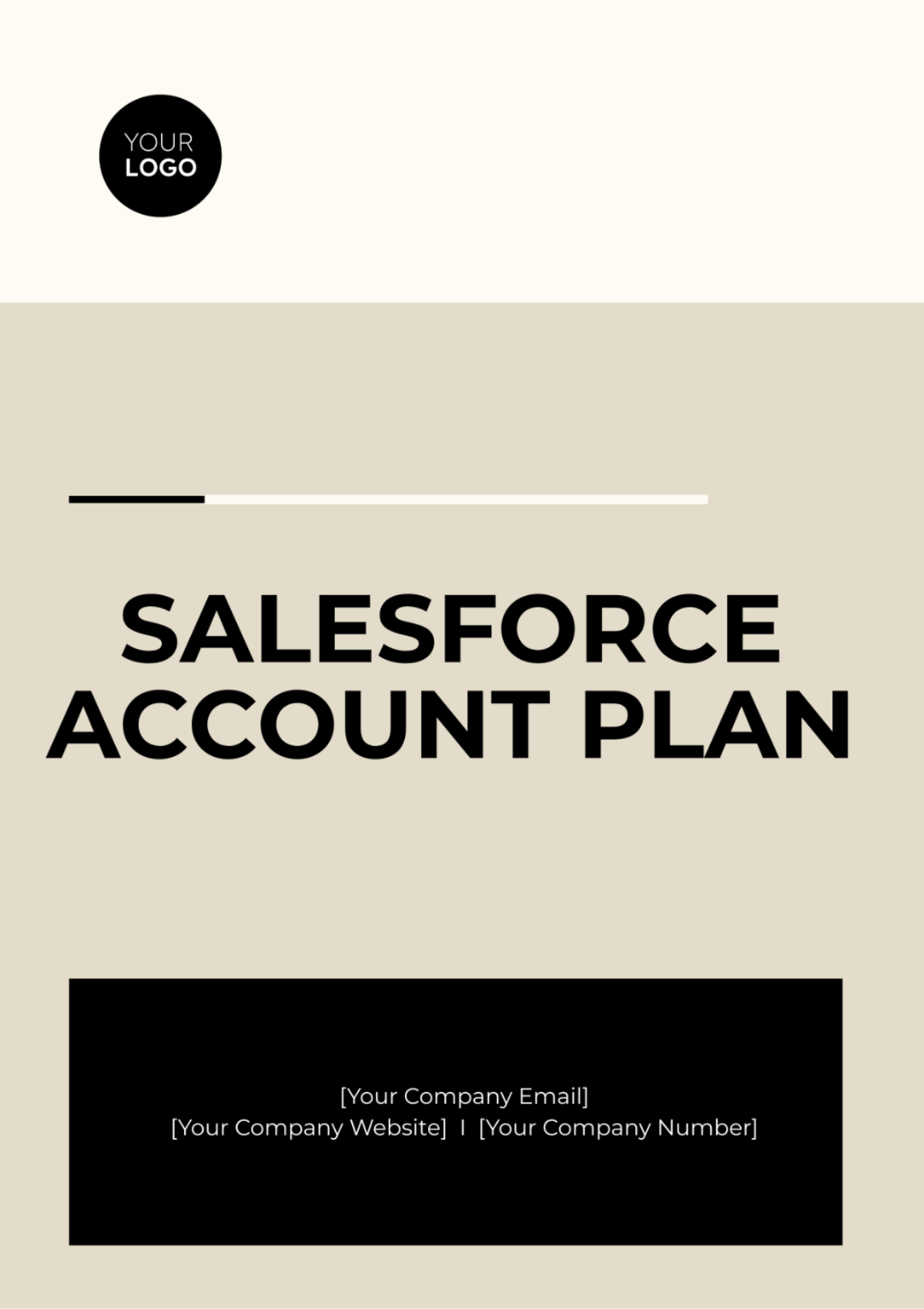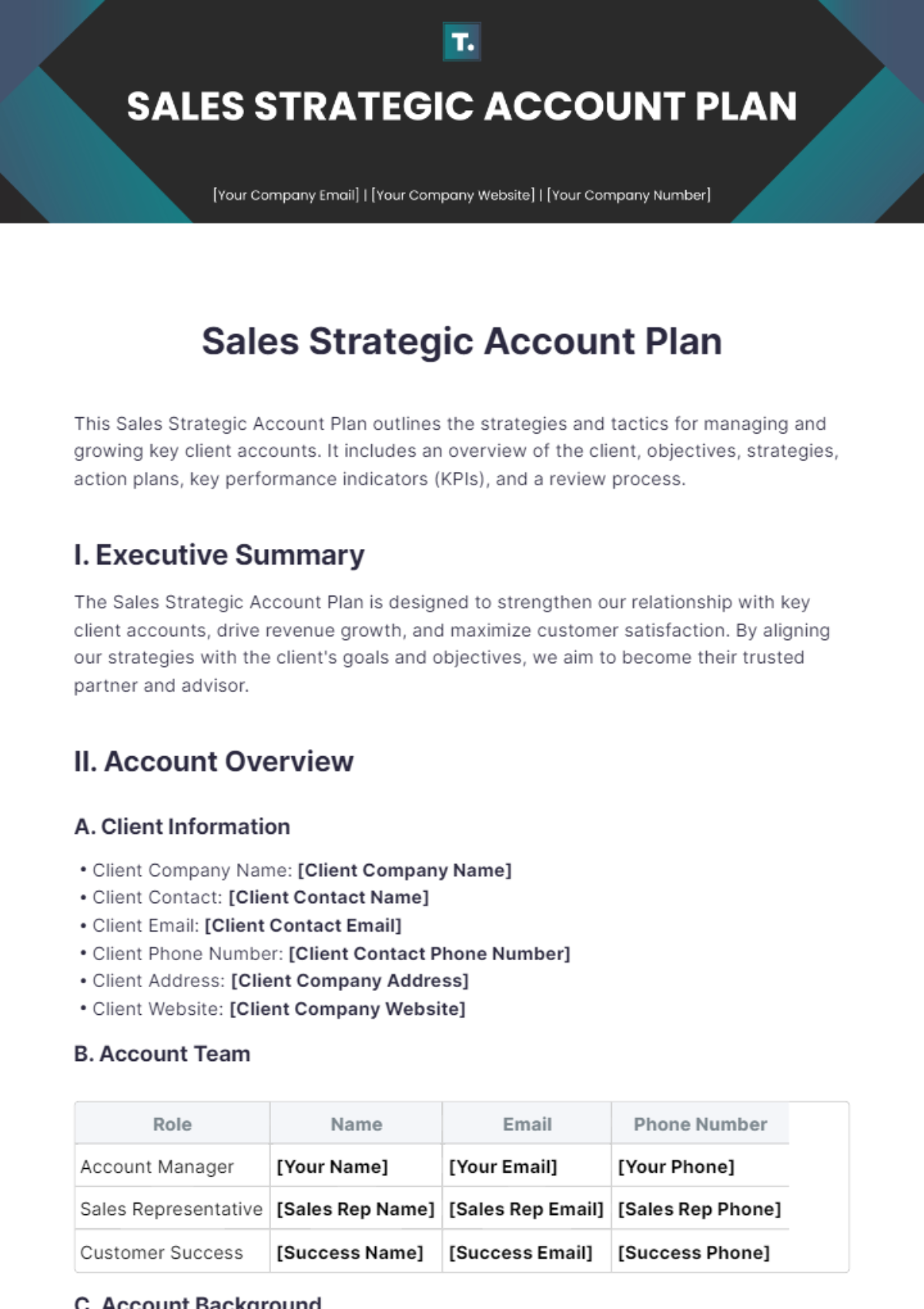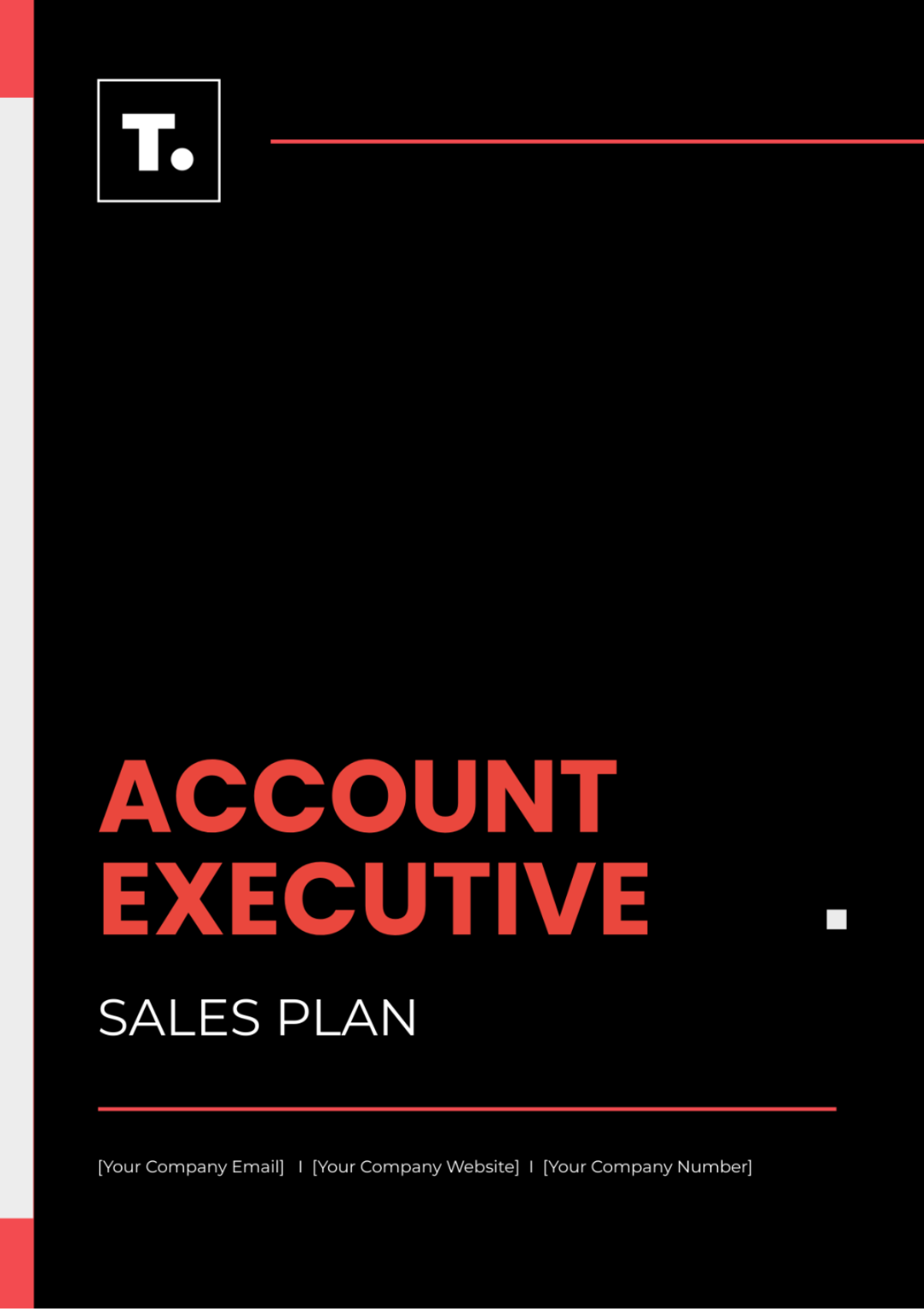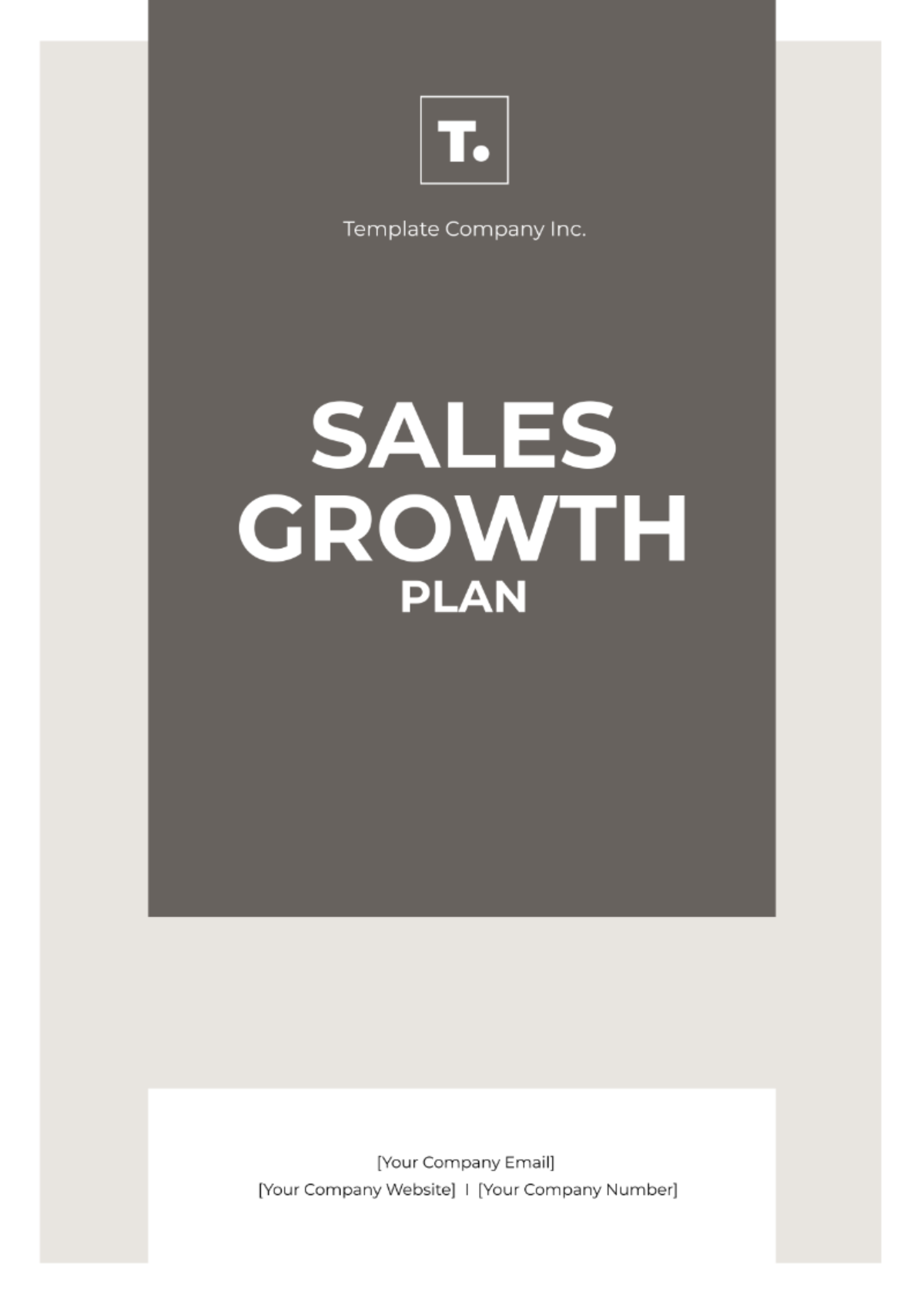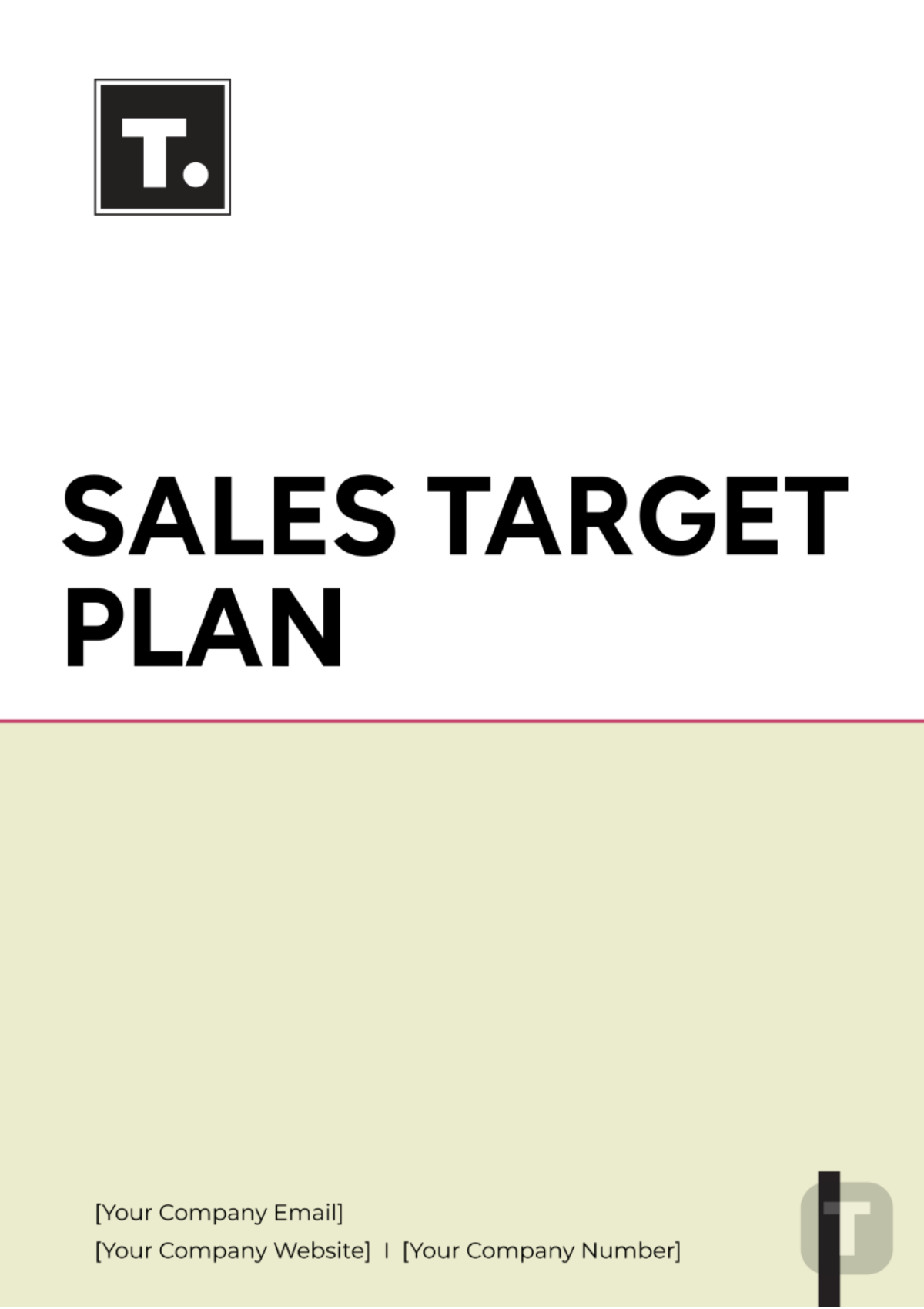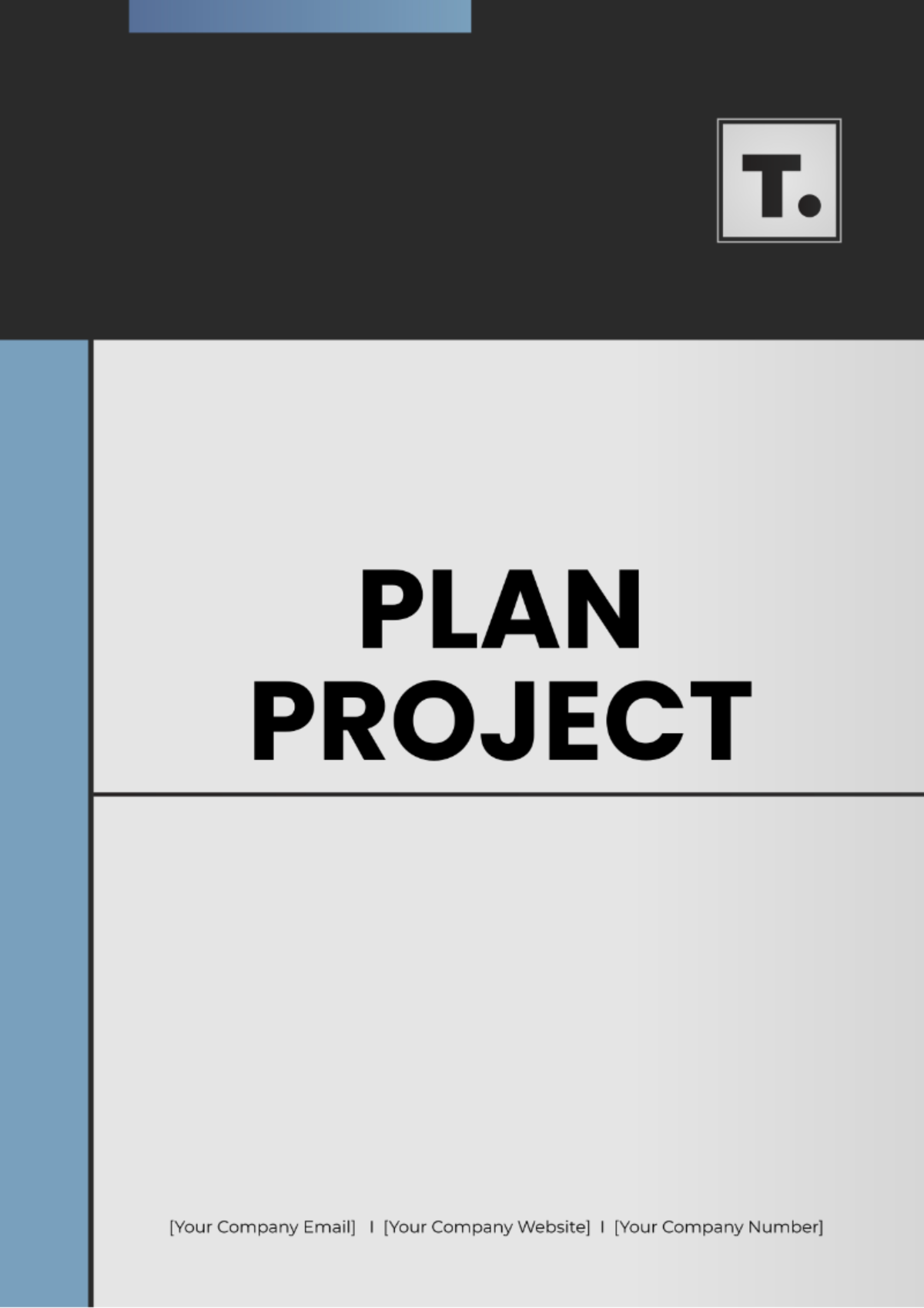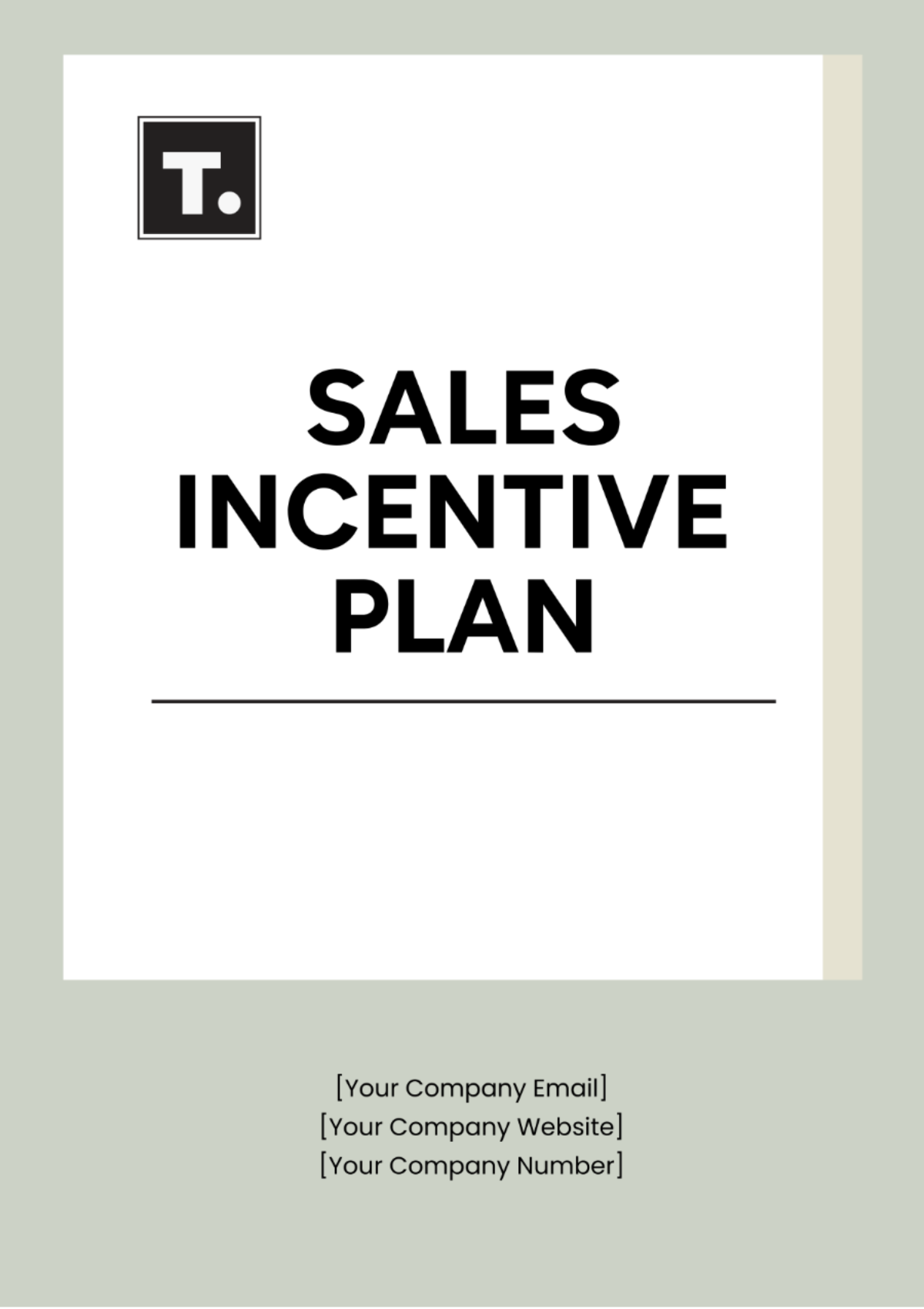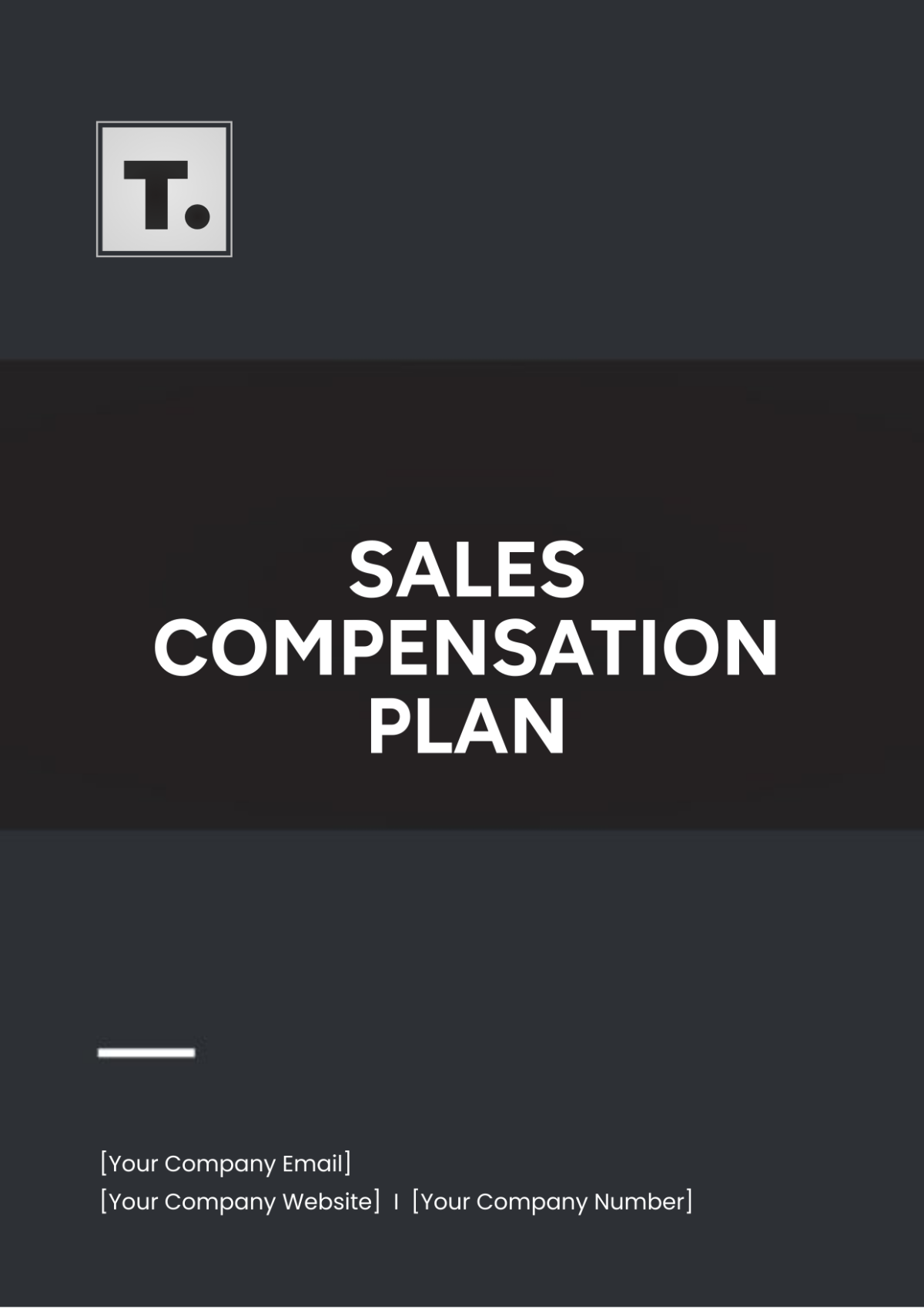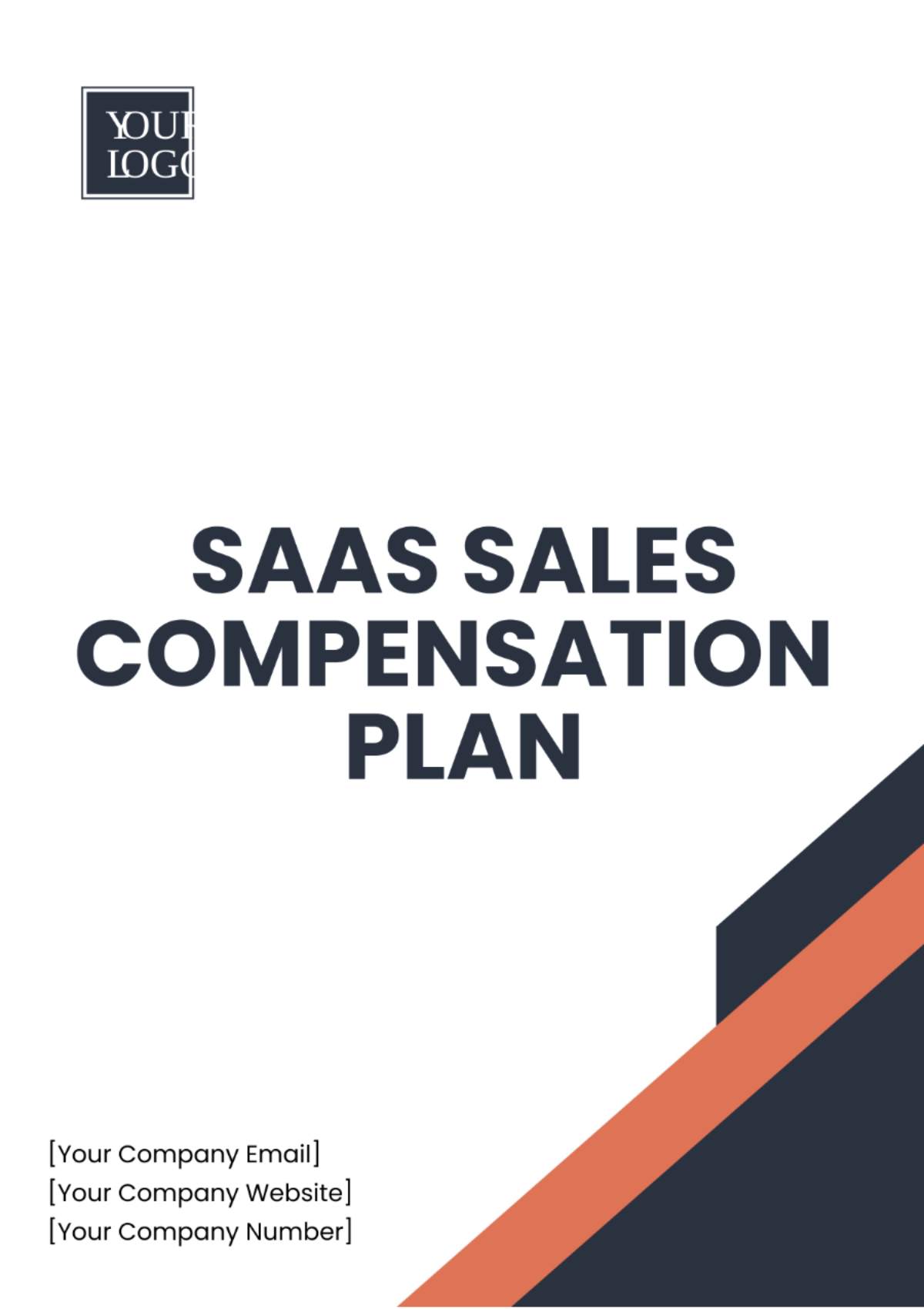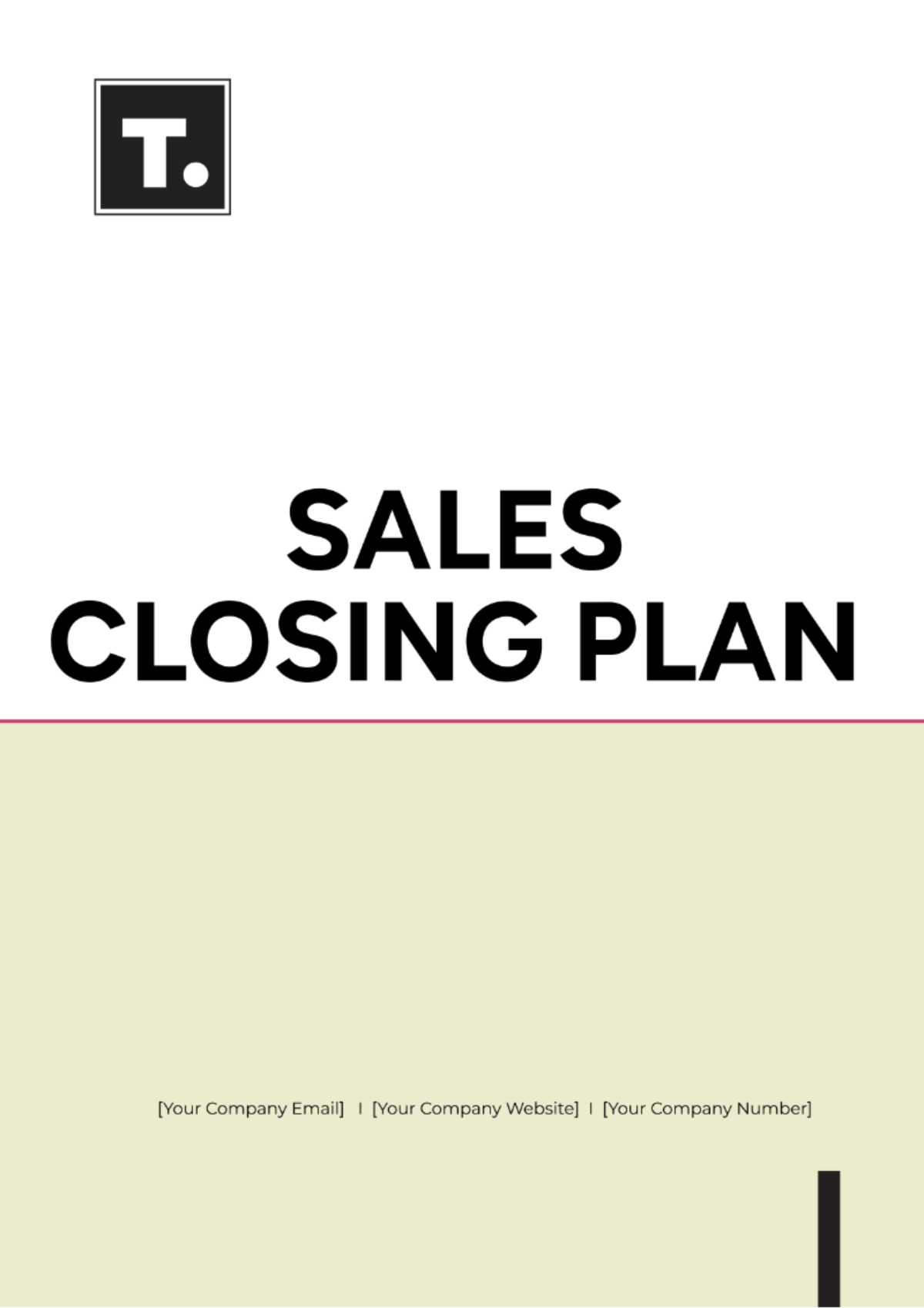Hotel Sales Plan
I. Introduction
This sales plan for [Your Company Name] outlines our comprehensive approach to increasing occupancy rates, enhancing customer satisfaction, and maximizing revenue. This plan is designed to leverage current market trends, technological advancements, and our unique value propositions to achieve our business objectives.
II. Market Analysis
A thorough market analysis forms the foundation of our sales strategy. By understanding market trends, analyzing competitors, and segmenting our target audience, we can identify opportunities for growth and areas requiring improvement. This analysis will guide our strategic decisions and help position [Your Company Name] for success.
A. Market Trends
Increasing Demand for Personalized Experiences: Travelers are seeking more personalized and unique experiences. Customizable room packages, personalized guest services, and bespoke itineraries are increasingly in demand.
Growth of Sustainable and Eco-Friendly Travel: There is a rising preference for eco-friendly accommodations. Hotels that adopt sustainable practices, such as reducing carbon footprints, using renewable energy, and promoting local culture, attract environmentally conscious travelers.
Rising Influence of Digital Marketing and Online Reviews: Online reviews and digital presence significantly impact booking decisions. Effective management of online reputation and leveraging digital marketing can enhance visibility and credibility.
Post-Pandemic Recovery and Health-Conscious Travel: Health and safety have become paramount post-pandemic. Hotels must implement rigorous hygiene protocols and offer wellness-focused amenities to attract cautious travelers.
B. Competitive Analysis
Assessment of Local Competitors: Analyze local competitors’ pricing, service offerings, customer reviews, and market positioning to identify strengths and weaknesses.
Benchmarking Against Industry Leaders: Study industry leaders to understand best practices and innovative strategies that can be adapted to our operations.
SWOT Analysis
Strengths
Weaknesses
Prime location
Exceptional customer service
Limited online presence
Outdated facilities in certain areas
Opportunities
Threats
Growing demand for tourism
Untapped corporate market
Intense competition
Economic fluctuations
C. Target Audience Segmentation
Business Travelers: Corporate clients seeking convenience, amenities such as high-speed internet, business centers, and conference facilities.
Often have tight schedules and require efficient services.
Depend heavily on technology for communication and productivity.
Seek amenities such as high-speed internet, business centers, and proximity to transportation hubs.
Leisure Tourists: Families, couples, and solo travelers looking for relaxation and recreational activities.
Travel for pleasure, relaxation, and exploration.
Seek a range of activities, from sightseeing to cultural experiences.
Value for money is often a key consideration.
Event and Conference Attendees: Organizations hosting conferences, meetings, and social events needing comprehensive event management services.
Require comprehensive event management services and logistical support.
Expect high-quality facilities and attentive service for successful events.
Value venues that facilitate networking and collaboration.
Long-Term Stay Customers: Guests requiring extended stays for business or personal reasons, seeking home-like amenities.
Stay for weeks or months at a time, often for work assignments or relocation purposes.
Seek accommodations that offer a sense of home away from home.
Look for convenience and value-added services for extended stays.
III. Sales Objectives
Setting clear, measurable sales objectives is essential for guiding our efforts and evaluating our success. The following objectives outline our key targets and the specific metrics we will use to track our progress. These objectives are designed to improve occupancy rates, enhance revenue, and boost customer satisfaction, ensuring sustained growth and profitability for [Your Company Name].
A. Objectives and Strategies
Increase Occupancy Rates: Achieve an annual occupancy rate of [85%] by the end of the fiscal year.
Implement targeted marketing campaigns during off-peak seasons.
Develop promotional packages to attract diverse customer segments.
Optimize booking channels to enhance accessibility and convenience.
Boost Average Daily Rate (ADR): Increase ADR by [10%] through premium room offerings and value-added services.
Introduce tiered pricing for rooms based on amenities and views.
Offer bundled packages that include dining, spa services, and local experiences.
Regularly review and adjust pricing based on market demand and competition.
Enhance Revenue Per Available Room (RevPAR): Aim for a [15%] increase in RevPAR by optimizing room rates and maximizing bookings.
Use dynamic pricing models to adjust rates in real-time based on demand.
Increase direct bookings through our website to reduce commission costs.
Implement upselling and cross-selling techniques at check-in.
Customer Satisfaction and Retention: Improve customer satisfaction scores by [15%] and achieve a [25%] repeat guest rate.
Conduct regular training sessions for staff on customer service excellence.
Implement a guest feedback system to identify and address issues promptly.
Offer personalized services and experiences to enhance guest satisfaction.
B. Current and Target Metrics
Objective | Current Metric | Target Metric |
|---|---|---|
Occupancy Rate | 75% | 85% |
Average Daily Rate (ADR) | $150 | $165 |
Revenue Per Available Room | $112.50 | $129.38 |
Customer Satisfaction | 80% | 92% |
Repeat Guest Rate | 15% | 25% |
[Your Company Name] is positioned to capitalize on opportunities and address challenges effectively. This structured approach will guide our efforts in increasing occupancy rates, boosting revenue, and enhancing customer satisfaction, ensuring the long-term success and growth of our hotel.
IV. Sales Strategies
Effective sales strategies are vital for achieving our sales objectives and driving growth. This section outlines a multifaceted approach, combining digital marketing, partnerships, promotions, and event sales to attract a diverse clientele and maximize revenue. By leveraging our strengths and addressing market demands, we aim to enhance our competitive position and deliver exceptional guest experiences.
A. Digital Marketing and Online Presence
Website Optimization
Ensure our website is mobile-friendly, fast, and easy to navigate.
Implement SEO best practices to improve search engine rankings.
Integrate a seamless booking engine with secure payment options.
Social Media Engagement
Create engaging content for platforms like Instagram, Facebook, and Twitter.
Run targeted advertising campaigns to reach specific demographics.
Utilize social media influencers and travel bloggers for promotions.
Online Review Management
Monitor and respond to reviews on platforms like TripAdvisor, Google, and Yelp.
Encourage satisfied guests to leave positive reviews.
Implement a feedback loop to address and resolve negative reviews promptly.
B. Partnership and Collaboration
Travel Agencies and Corporate Clients
Develop special packages and exclusive deals for travel agencies.
Offer corporate rates and tailored services for business clients.
Participate in travel and business expos to network and promote our hotel.
Local Businesses and Attractions
Collaborate with local tour operators, restaurants, and attractions for joint promotions.
Create bundled packages that include accommodations and local experiences.
Support and participate in community events to enhance local partnerships.
C. Loyalty Programs and Promotions
Loyalty Program
Launch a tier-based loyalty program with benefits like discounts, free upgrades, and early check-ins.
Use CRM tools to track guest preferences and personalize offers.
Promote the loyalty program through email marketing and in-house materials.
Seasonal Promotions
Offer special rates and packages during holidays and local events.
Create limited-time offers to drive bookings during off-peak periods.
Use dynamic pricing to adjust rates based on demand and competition.
D. Event and Conference Sales
Venue Promotion
Highlight our hotel’s facilities for conferences, meetings, and social events.
Develop marketing materials showcasing past successful events and testimonials.
Offer site tours and consultations with our event planning team.
Competitive Packages
Provide all-inclusive packages for corporate events, including catering, AV equipment, and accommodation.
Create customizable packages for weddings, parties, and other social gatherings.
Partner with local vendors for additional services like entertainment and decorations.
V. Sales Team Development
A well-trained, motivated sales team is crucial for executing our sales strategies and achieving our objectives. This section details our commitment to continuous professional development, performance incentives, and the provision of advanced tools and technology to empower our sales team and enhance their effectiveness.
A. Training and Professional Development
Regular Training Sessions
Conduct monthly training on sales techniques, product knowledge, and customer service.
Invite industry experts for workshops and seminars.
Use role-playing scenarios to practice handling various sales and service situations.
Certification Programs
Offer certification programs in hospitality sales and customer service excellence.
Provide opportunities for team members to attend industry conferences and training programs.
Support continuing education initiatives and reimburse relevant courses.
B. Performance Incentives
Incentive Program
Develop a performance-based incentive program with clear, achievable targets.
Offer bonuses, commissions, and other rewards for meeting or exceeding sales goals.
Recognize top performers publicly at team meetings and company events.
Recognition and Rewards
Implement a 'Salesperson of the Month' award with a tangible reward.
Celebrate team successes with events, outings, and special acknowledgments.
Provide non-monetary rewards such as additional vacation days or flexible working hours.
C. Sales Tools and Technology
Customer Relationship Management (CRM) System
Implement a sophisticated CRM system to manage client relationships and track sales activities.
Train the sales team on effective CRM usage to enhance productivity and customer insights.
Use CRM analytics to identify trends, opportunities, and areas for improvement.
Data Analytics Tools
Equip the team with data analytics tools to analyze market trends and sales performance.
Use data to make informed decisions about pricing, promotions, and target markets.
Regularly review sales data to adjust strategies and improve outcomes.
Advanced Communication Tools
Provide tools for virtual meetings, presentations, and remote collaboration.
Use digital platforms to maintain continuous communication within the sales team.
Implement project management software to streamline sales processes and coordination.
By adopting a multifaceted approach to sales strategies and investing in the continuous development of our sales team, [Your Company Name] is well-positioned to achieve its sales objectives.
VI. Monitoring and Evaluation
Continuous monitoring and evaluation are imperative to ensure the efficacy of our sales strategies and their alignment with our overarching objectives. This section articulates our systematic approach to tracking progress, gathering feedback, and making data-driven adjustments to optimize performance and drive sustainable growth.
A. Key Performance Indicators (KPIs)
Monthly and Quarterly Sales Reports
Utilize comprehensive sales reports to track key metrics such as occupancy rates, ADR, RevPAR, and revenue growth.
Analyze sales trends over time to identify patterns, opportunities, and areas for improvement.
Compare actual performance against projected targets to assess progress and adjust strategies accordingly.
Customer Feedback and Satisfaction Surveys
Regularly solicit feedback from guests through post-stay surveys, online reviews, and direct communication channels.
Monitor guest satisfaction scores, NPS (Net Promoter Score), and sentiment analysis to gauge overall guest sentiment.
Identify recurring themes or issues to address promptly and continuously improve the guest experience.
B. Regular Review Meetings
Bi-weekly Sales Team Meetings
Conduct bi-weekly meetings with the sales team to review progress, share insights, and address challenges.
Discuss recent performance metrics, sales pipeline status, and upcoming initiatives.
Encourage open dialogue and collaboration to leverage collective expertise and brainstorm solutions.
Quarterly Strategy Review with Senior Management
Hold quarterly strategy review sessions with senior management to assess the effectiveness of current sales strategies.
Present a comprehensive analysis of KPIs, market trends, and competitive landscape.
Discuss strategic adjustments or new initiatives based on performance data and market insights.
C. Adaptation and Improvement
Flexibility to Adjust Strategies
Remain agile and responsive to changes in market dynamics, customer preferences, and competitive landscape.
Regularly review and reassess sales strategies based on real-time performance data and emerging trends.
Pivot quickly to capitalize on opportunities or mitigate challenges as they arise.
Implementation of Best Practices and Innovative Solutions
Continuously seek out and implement industry best practices and innovative solutions to enhance sales effectiveness.
Foster a culture of experimentation and learning within the sales team, encouraging the exploration of new tactics and approaches.
Monitor the success of implemented changes and iterate based on results to drive continuous improvement.
By rigorously monitoring performance, gathering feedback, and fostering a culture of adaptation and improvement, [Your Company Name] is committed to ensuring that our sales strategies remain dynamic, effective, and aligned with our business objectives.
VII. Budget Allocation
Strategic allocation of resources is crucial for the successful implementation of sales initiatives. This section outlines the budget allocation for key components of our sales strategy, ensuring that adequate resources are allocated to support our objectives effectively.
Category | Budget |
|---|---|
Software and Tools | $5,000 |
Training Programs | $3,000 |
Meeting Space and Refreshments | $500 |
Travel Expenses | $2,000 |
Meeting Logistics | $1,000 |
Presentation Materials | $500 |
Contingency Fund | $5,000 |
VIII. Timeline
A clear timeline ensures that sales strategies are implemented in a timely manner and progress is monitored effectively. This section provides a structured timeline for the execution of key sales initiatives throughout the year.
A. Digital Marketing and Online Presence
Task | Timeline |
|---|---|
Website optimization and SEO implementation. | [Month Day, Year] - [Month Day, Year] |
Launch social media advertising campaigns. | [Month Day, Year] - [Month Day, Year] |
Implement online review management system. | [Month Day, Year] - [Month Day, Year] |
Analyze digital marketing performance and refine strategies. | [Month Day, Year] - [Month Day, Year] |
B. Partnership and Collaboration
Task | Timeline |
|---|---|
Identify potential partners and negotiate agreements. | [Month Day, Year] - [Month Day, Year] |
Launch joint promotions and marketing campaigns. | [Month Day, Year] - [Month Day, Year] |
Evaluate partnership performance and adjust as necessary. | [Month Day, Year] - [Month Day, Year] |
C. Loyalty Programs and Promotions
Task | Timeline |
|---|---|
Develop loyalty program structure and incentives. | [Month Day, Year] - [Month Day, Year] |
Launch loyalty program and promotional campaigns. | [Month Day, Year] - [Month Day, Year] |
Monitor program effectiveness and make adjustments based on feedback. | [Month Day, Year] - [Month Day, Year] |
D. Event and Conference Sales
Task | Timeline |
|---|---|
Promote event facilities and services. | [Month Day, Year] - [Month Day, Year] |
Develop competitive event packages and marketing materials. | [Month Day, Year] - [Month Day, Year] |
Host site tours and attend industry events. | [Month Day, Year] - [Month Day, Year] |
Evaluate event sales performance and refine strategies for the following year. | [Month Day, Year] - [Month Day, Year] |
By establishing a timeline for sales strategies, [Your Company Name] ensures that resources are allocated efficiently and initiatives are executed in a timely manner. This structured approach facilitates effective monitoring, evaluation, and adaptation of sales efforts, ultimately driving sustainable growth and success in the hospitality industry.
IX. Conclusion
The sales plan for [Your Company Name] is designed to leverage our strengths and address our challenges in a dynamic market environment. Through targeted strategies, dedicated team efforts, and continuous evaluation, we are poised to achieve our sales objectives and establish [Your Company Name] as a leader in the hospitality industry.
